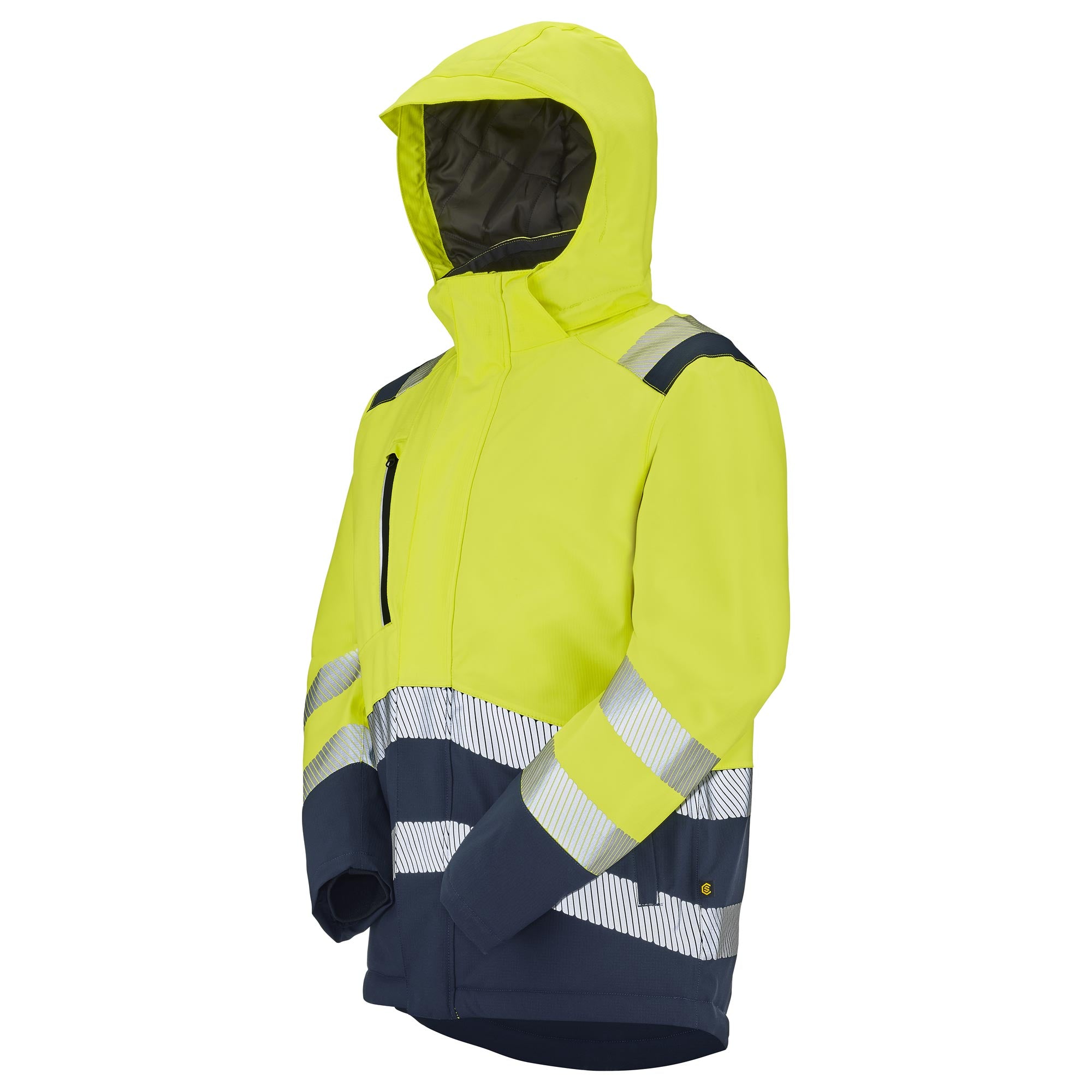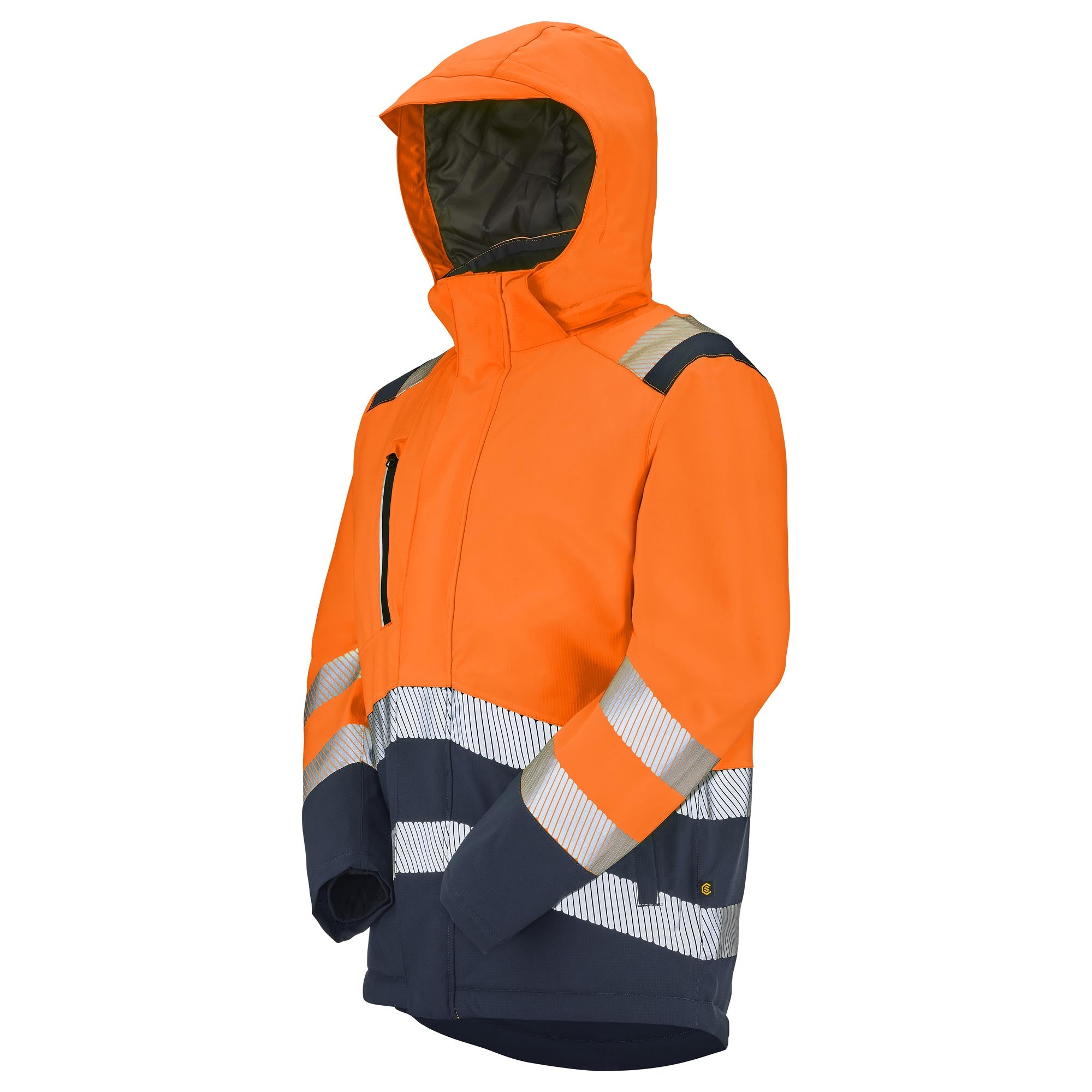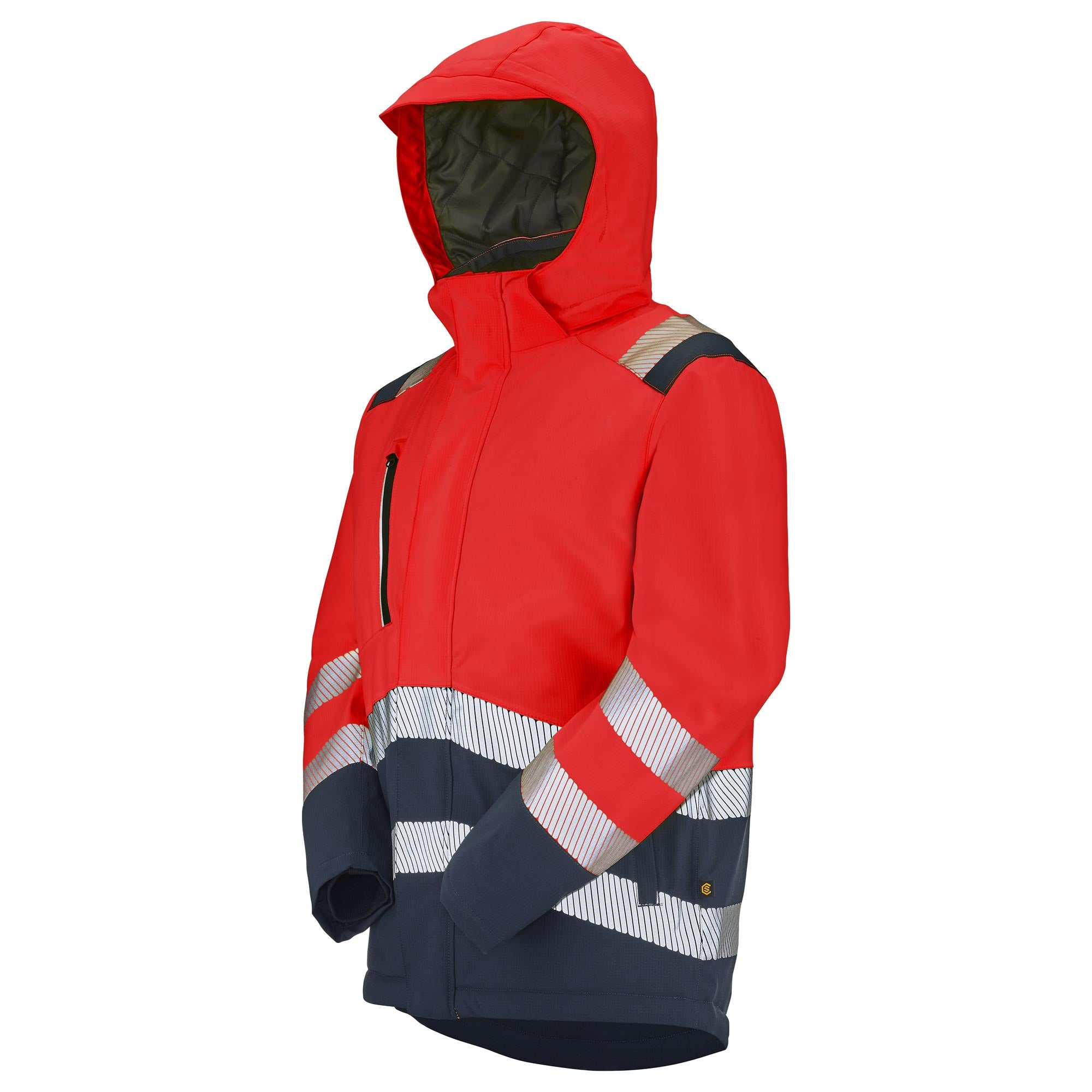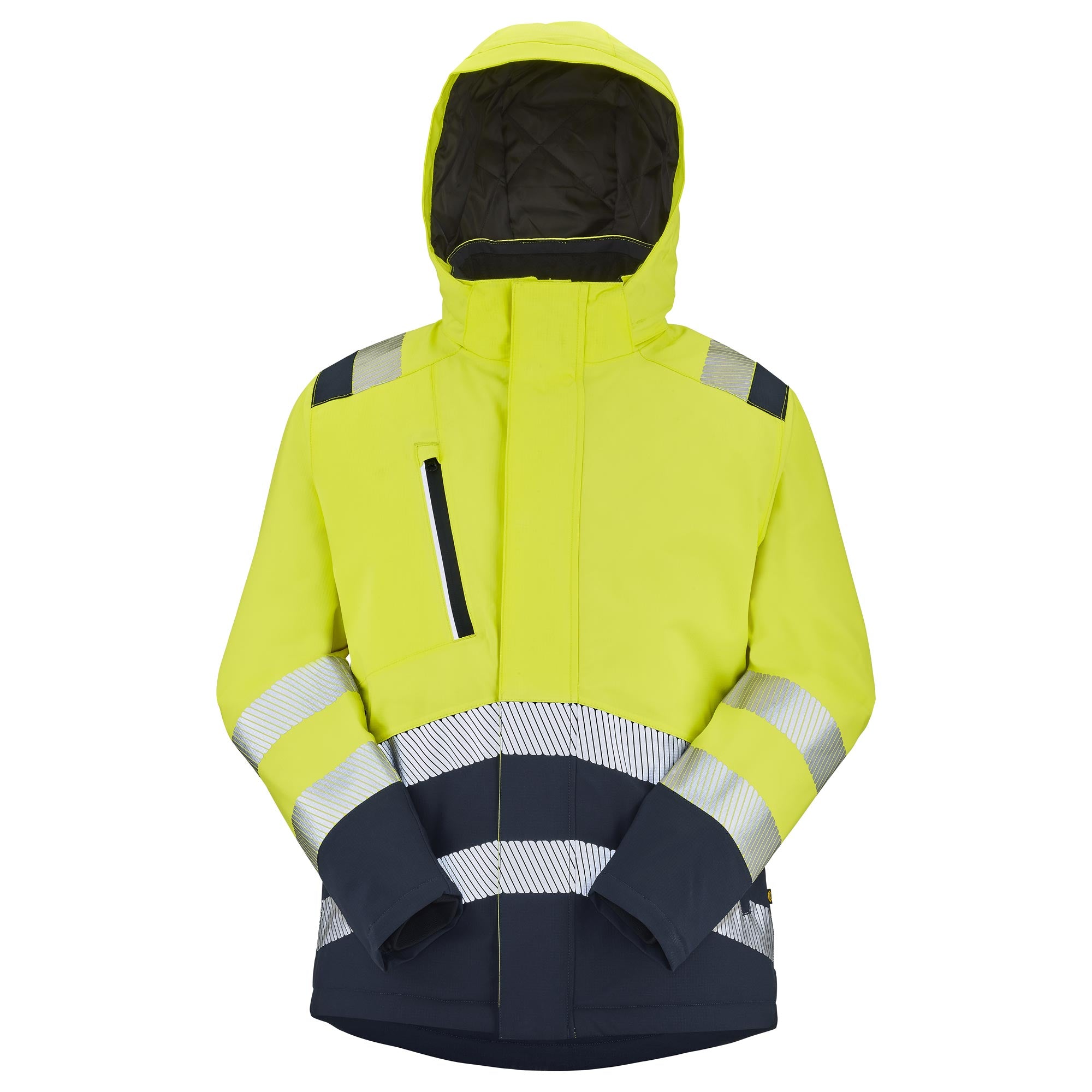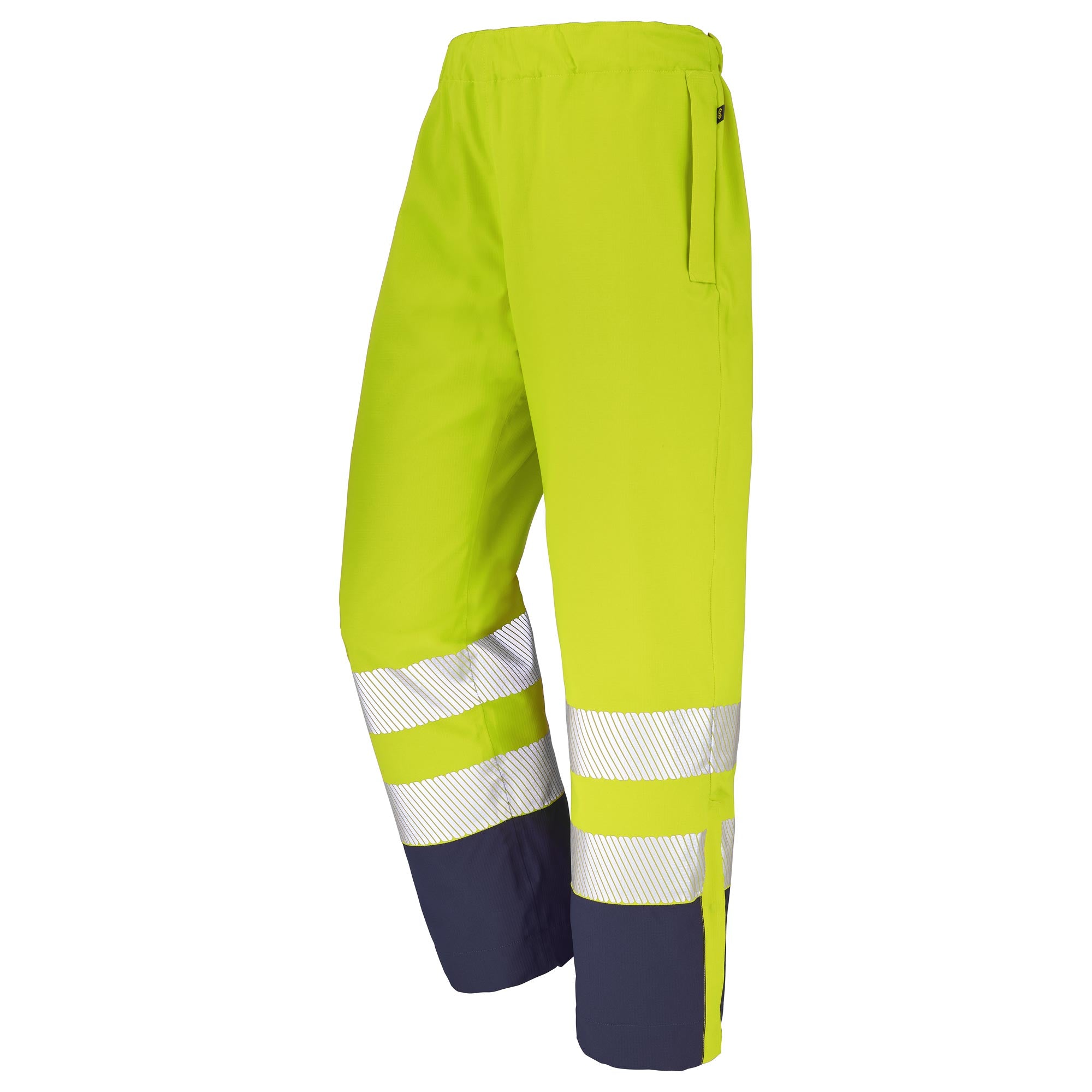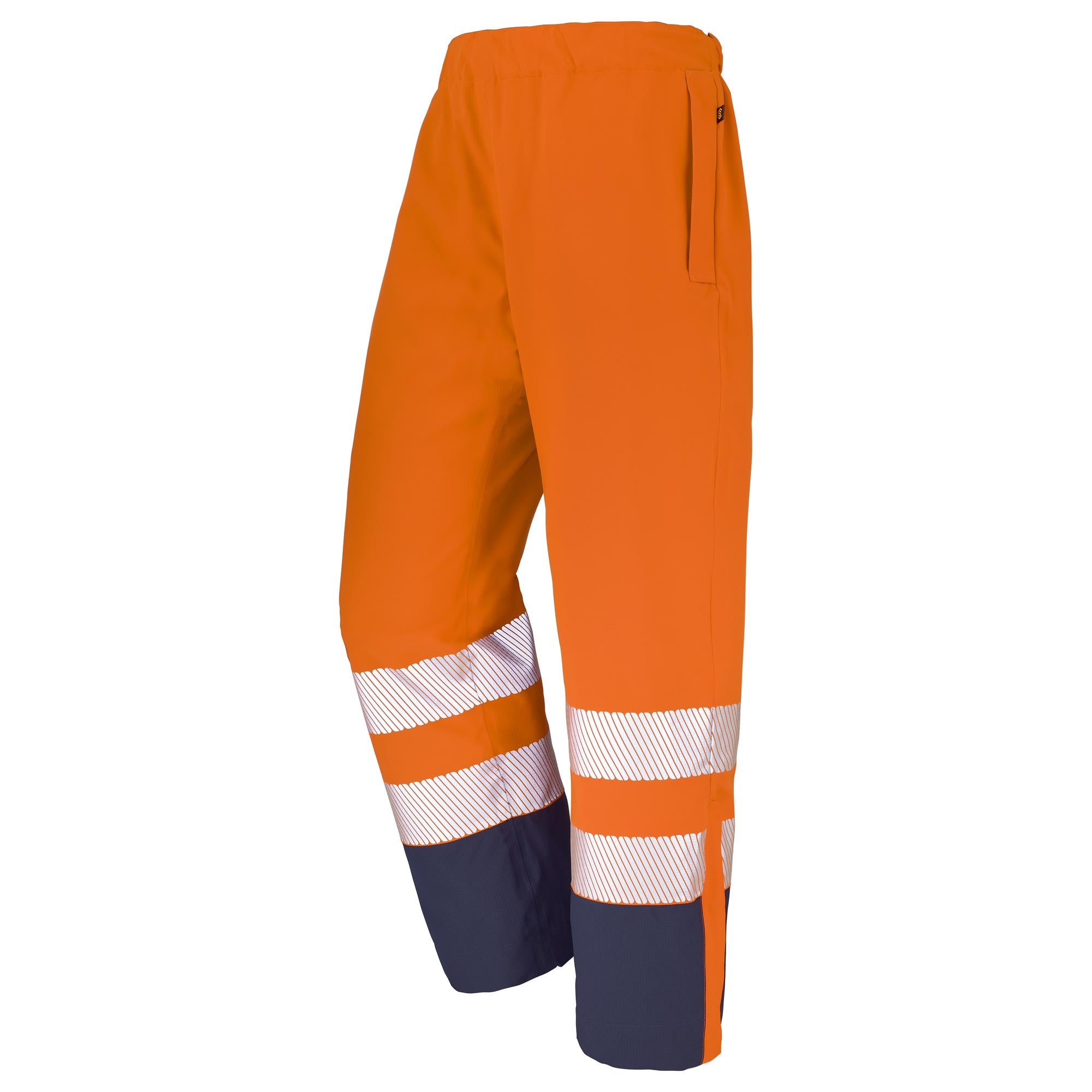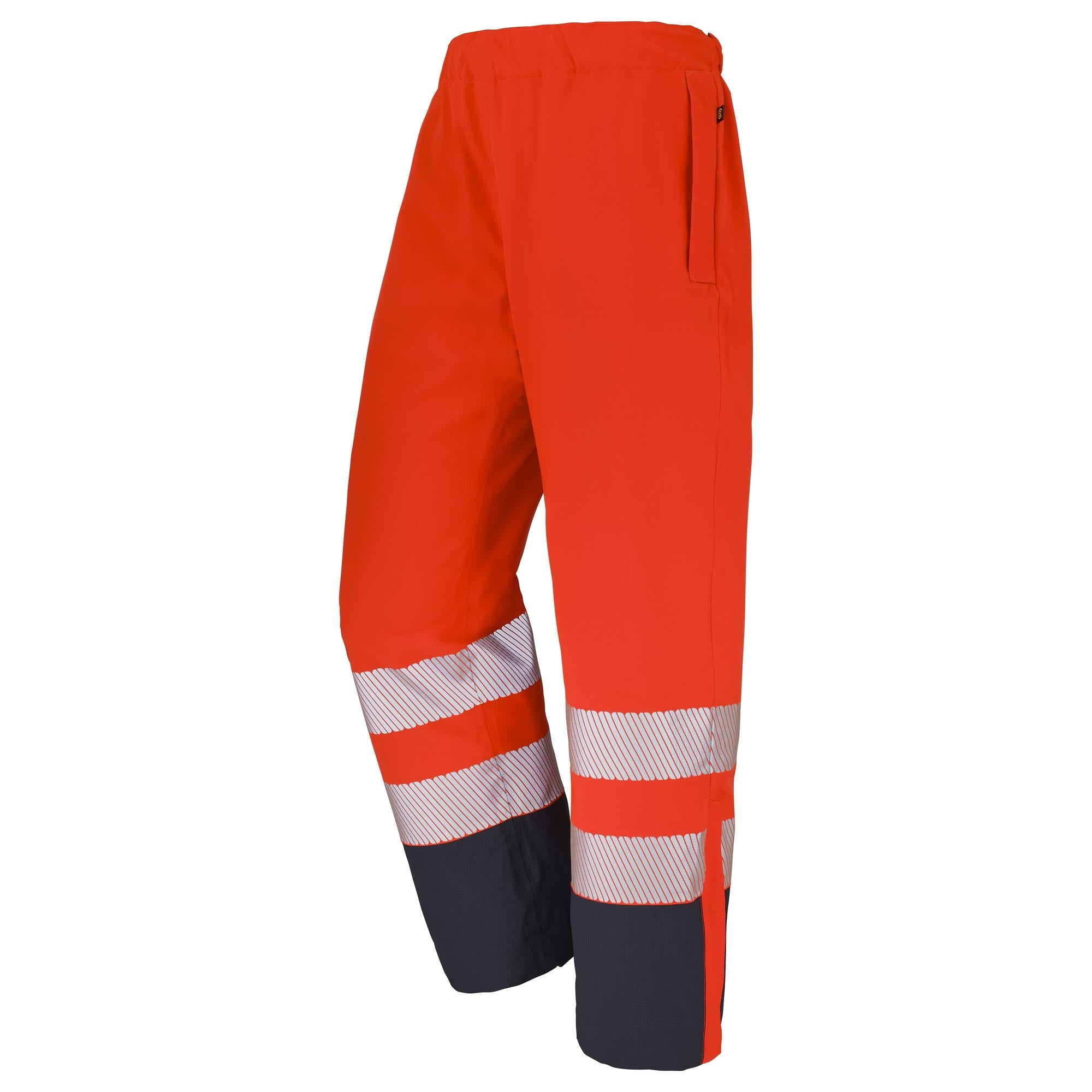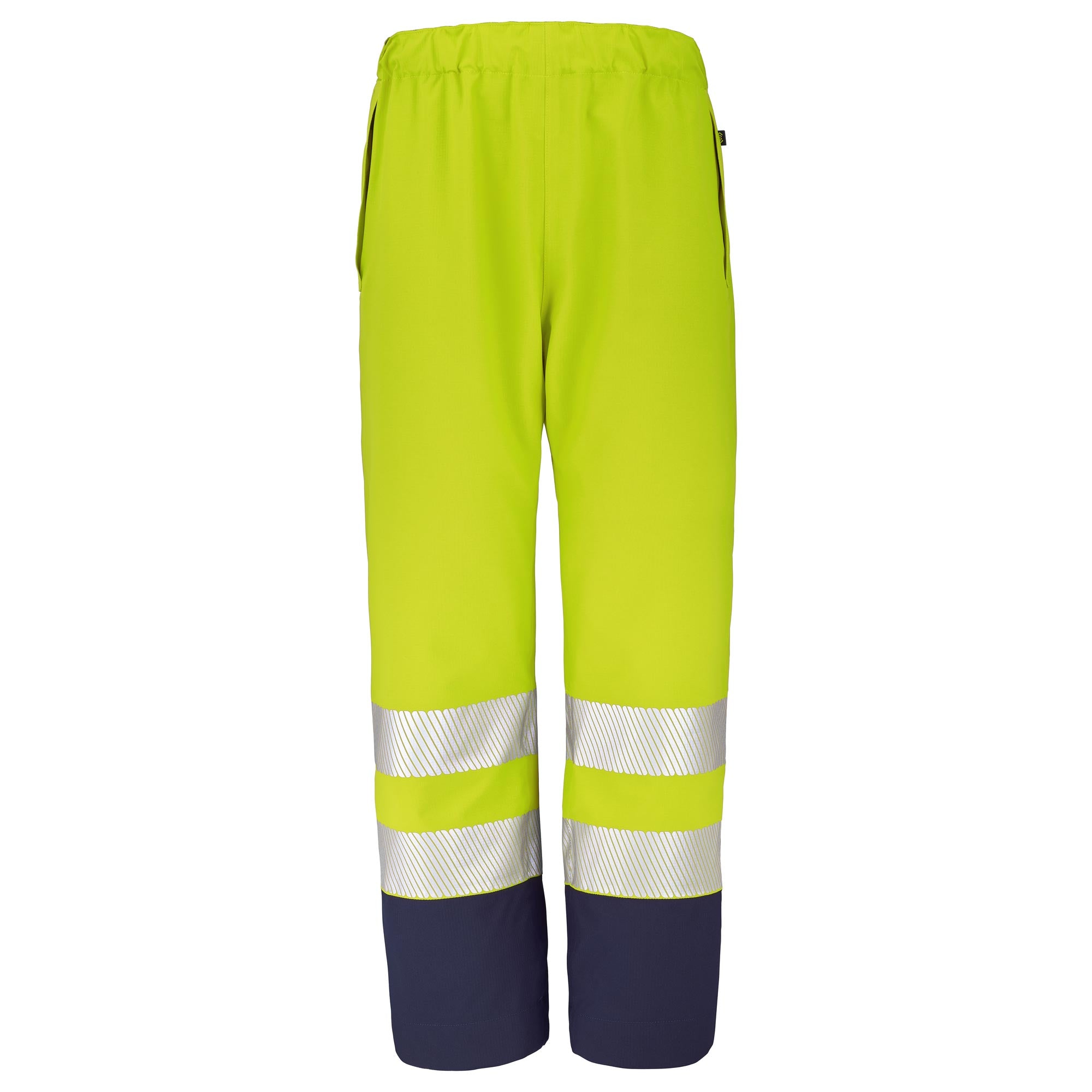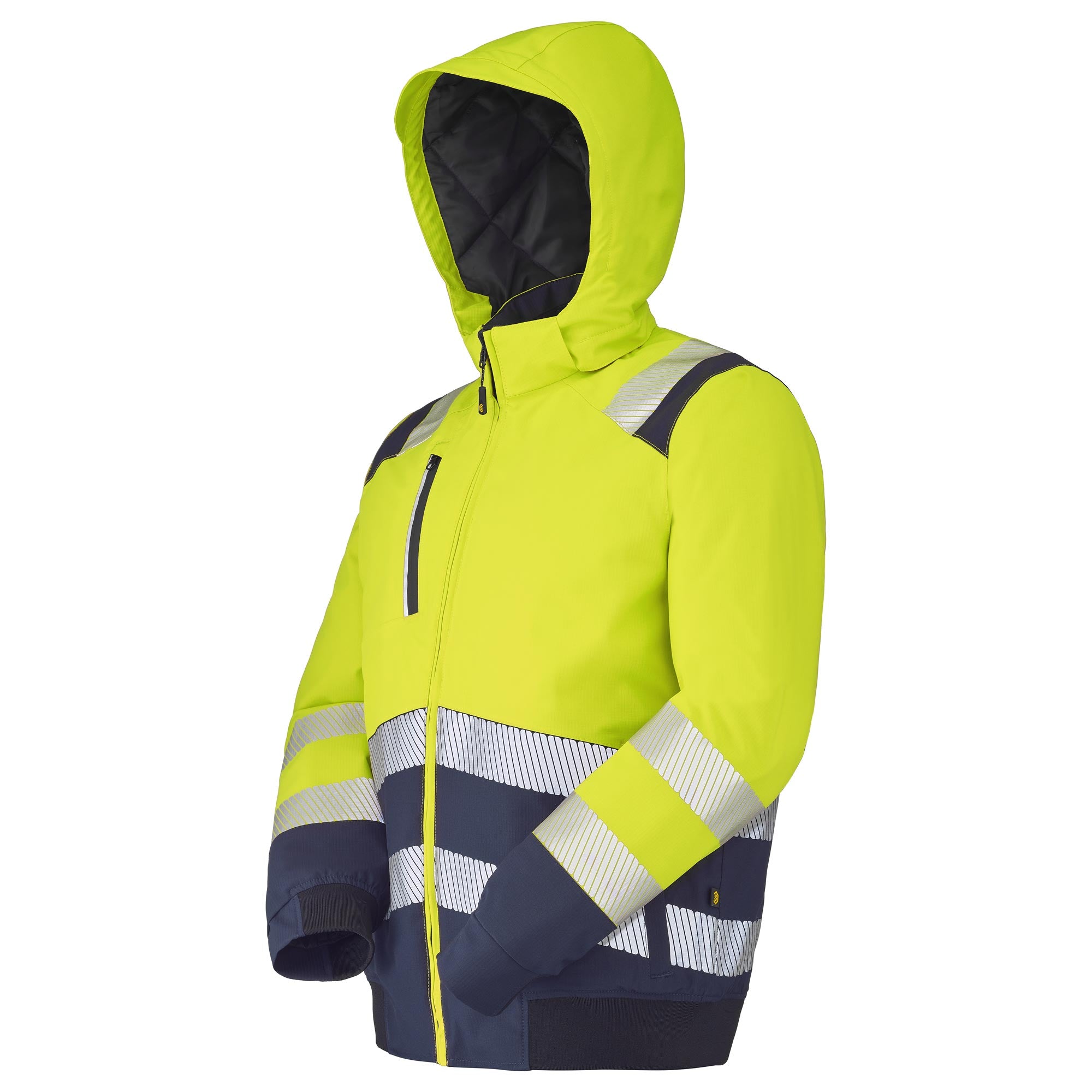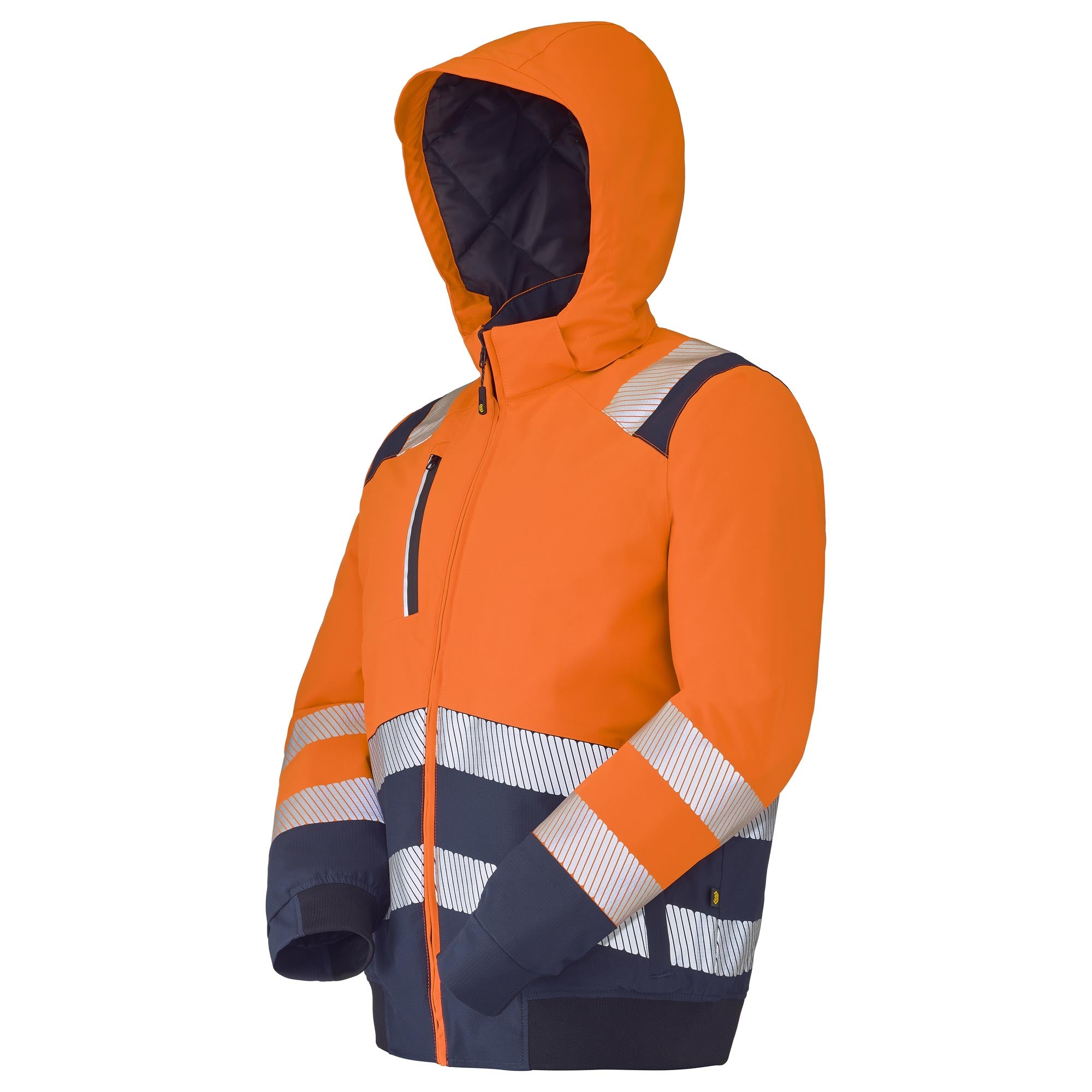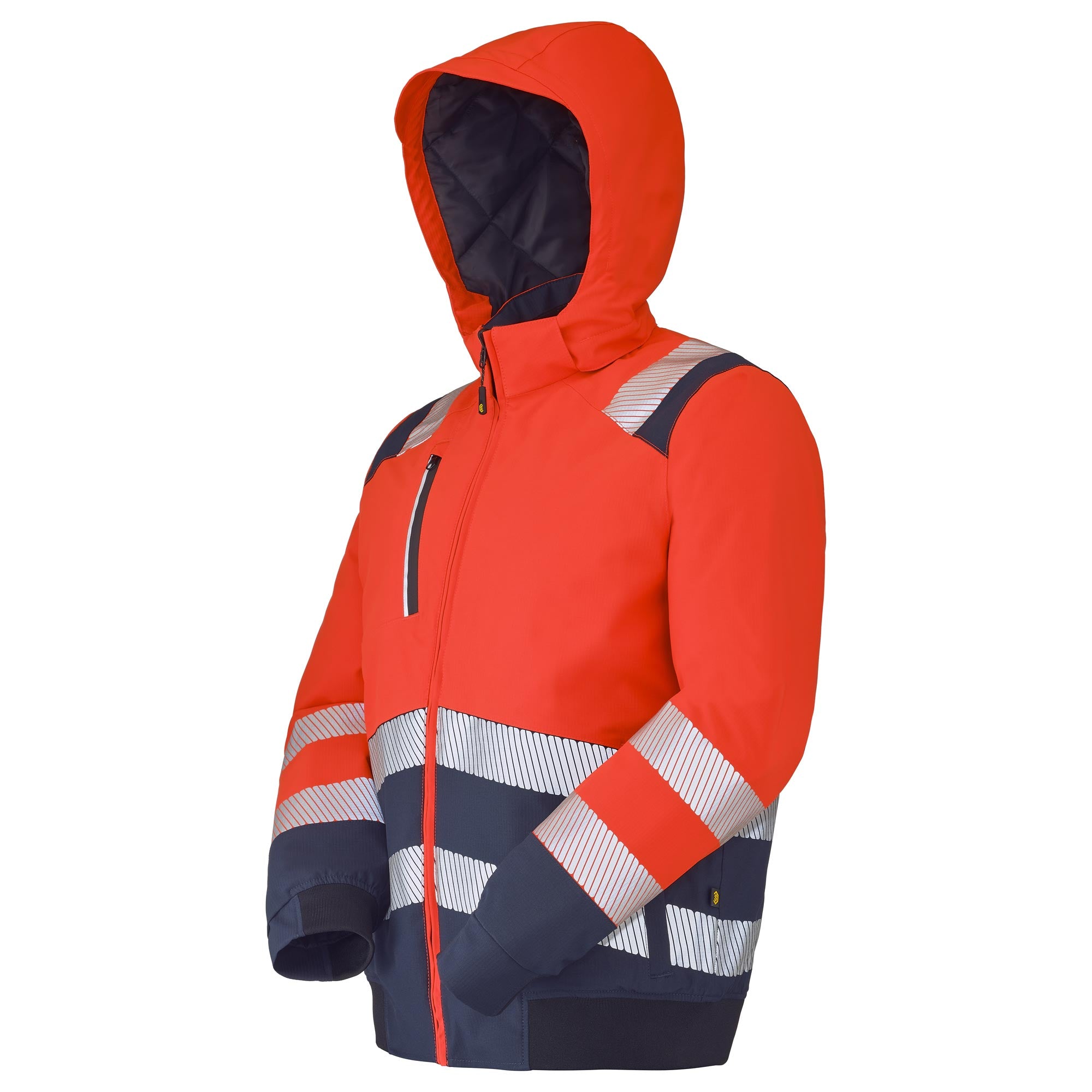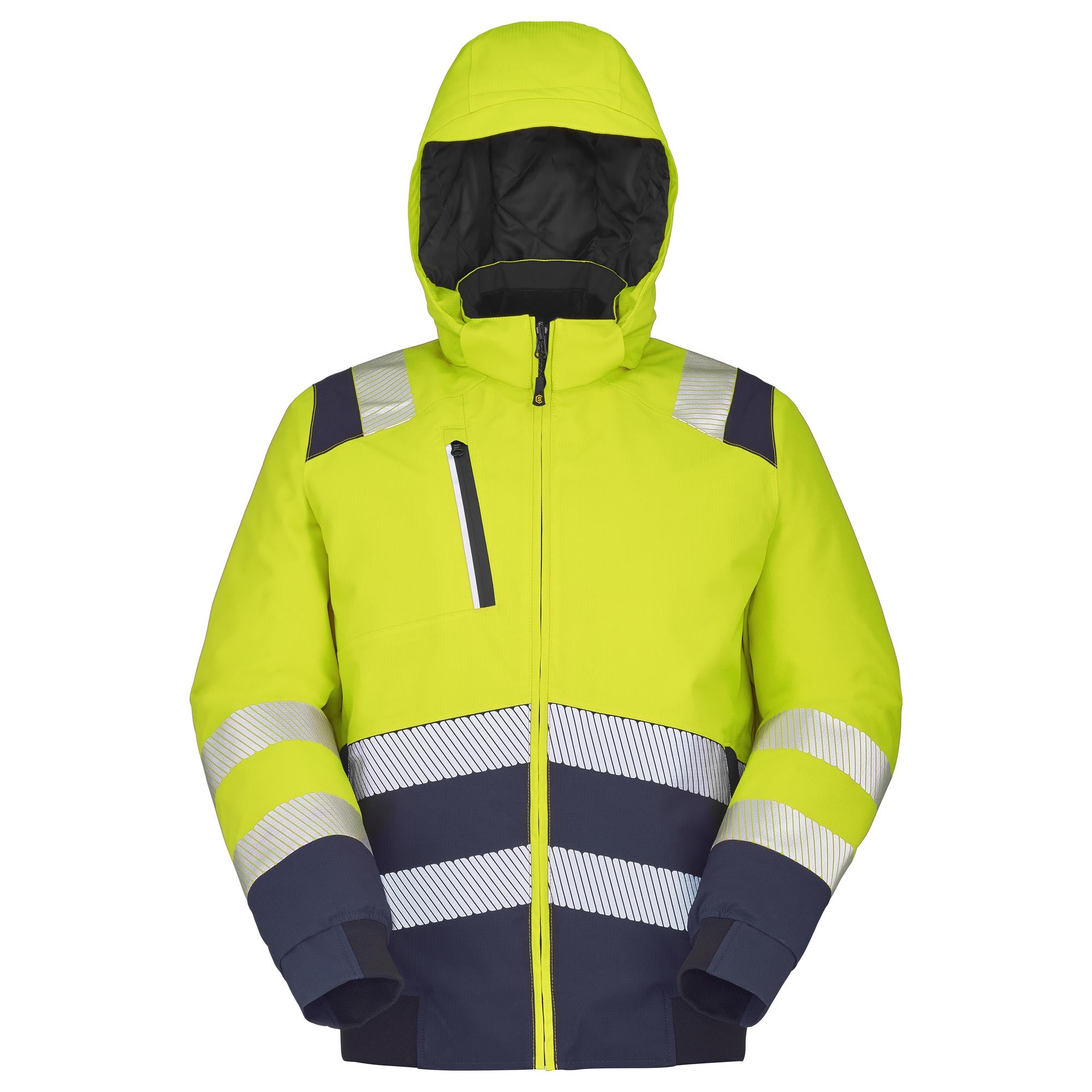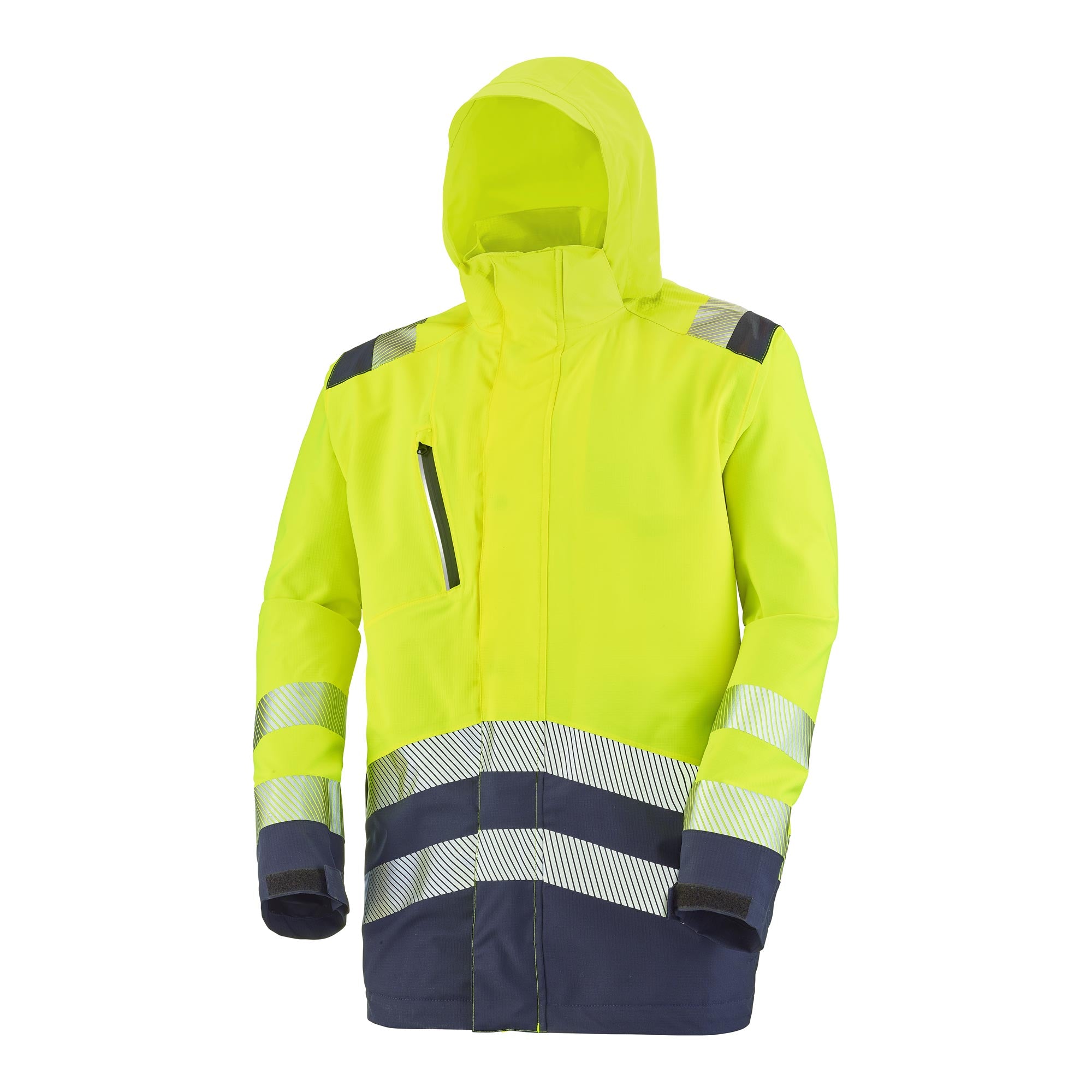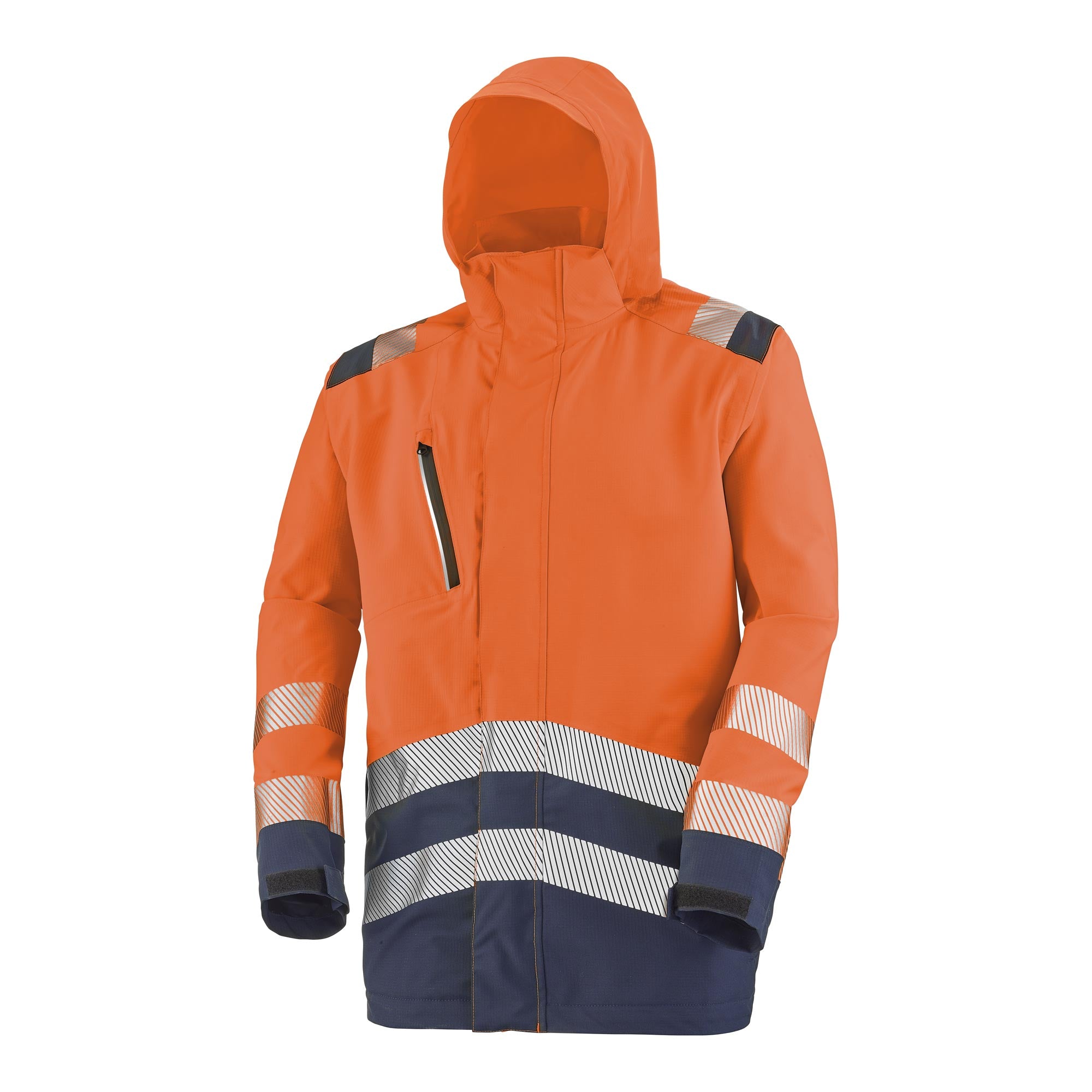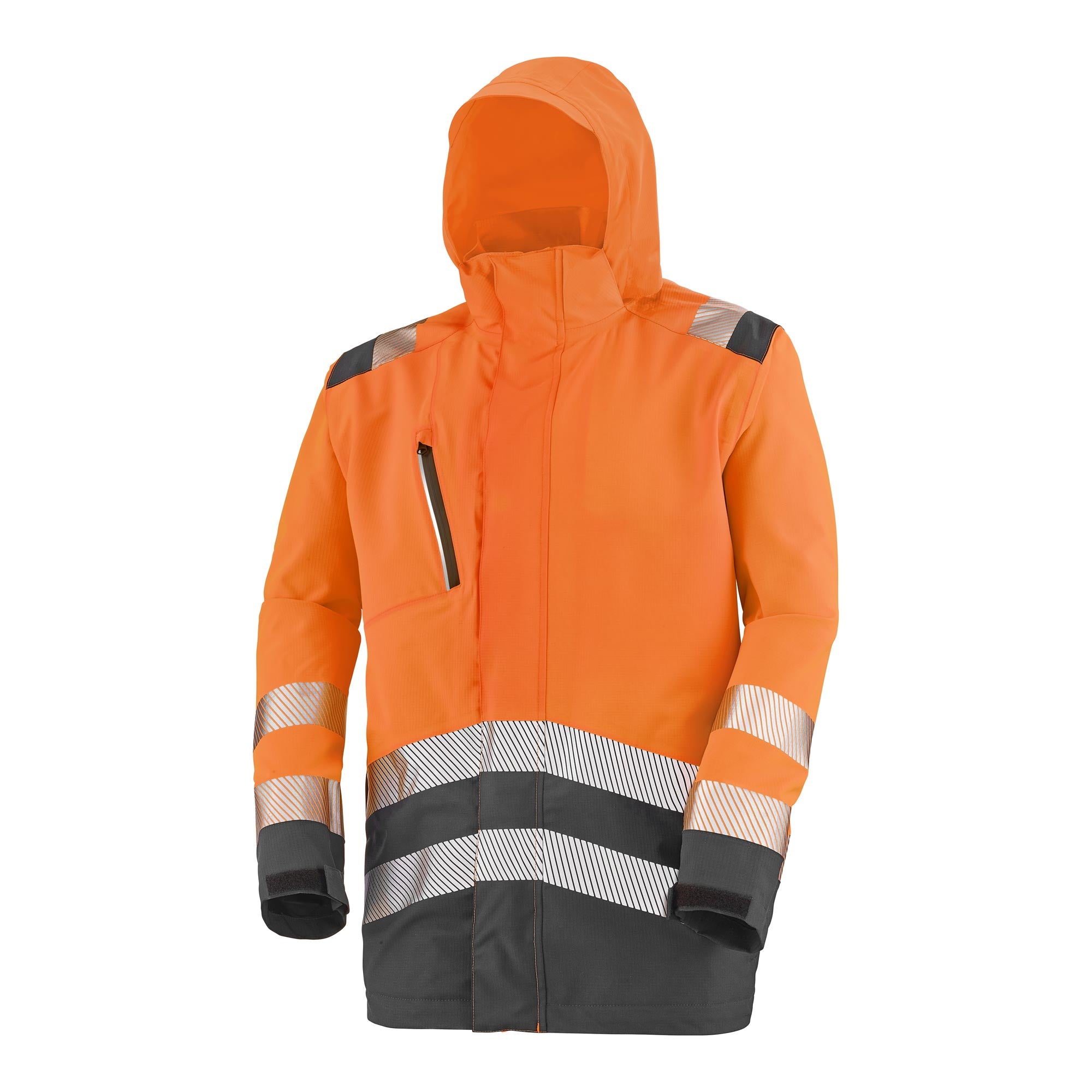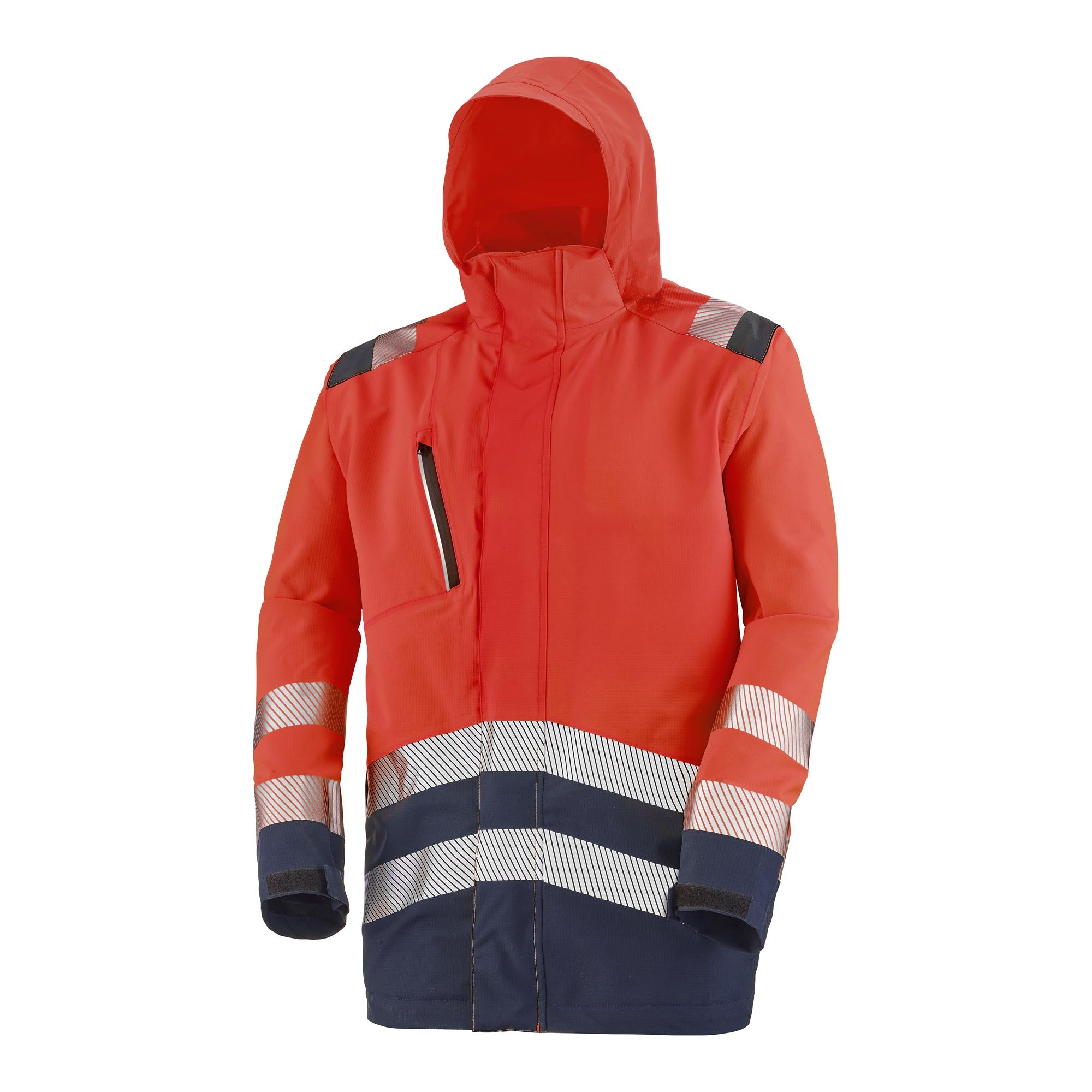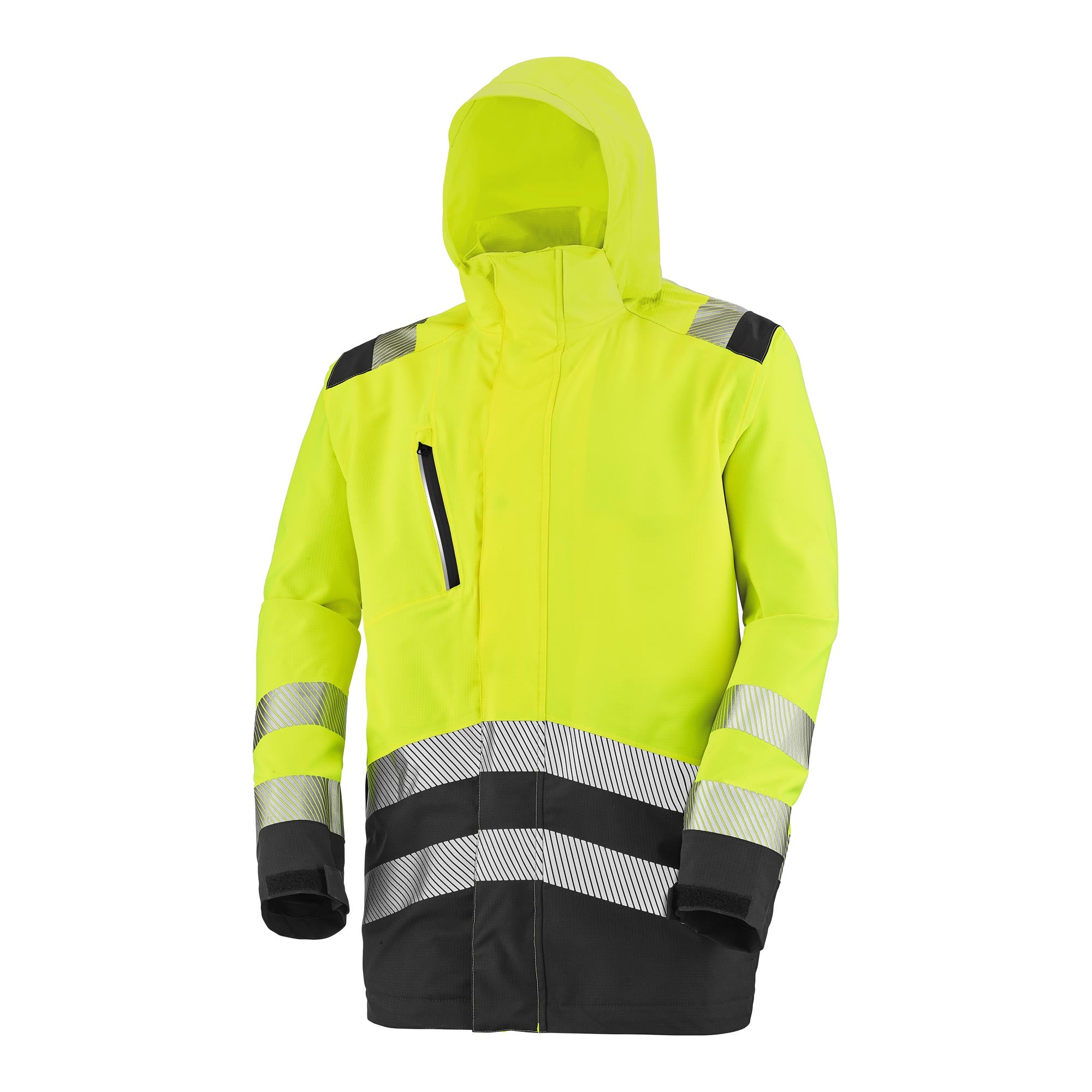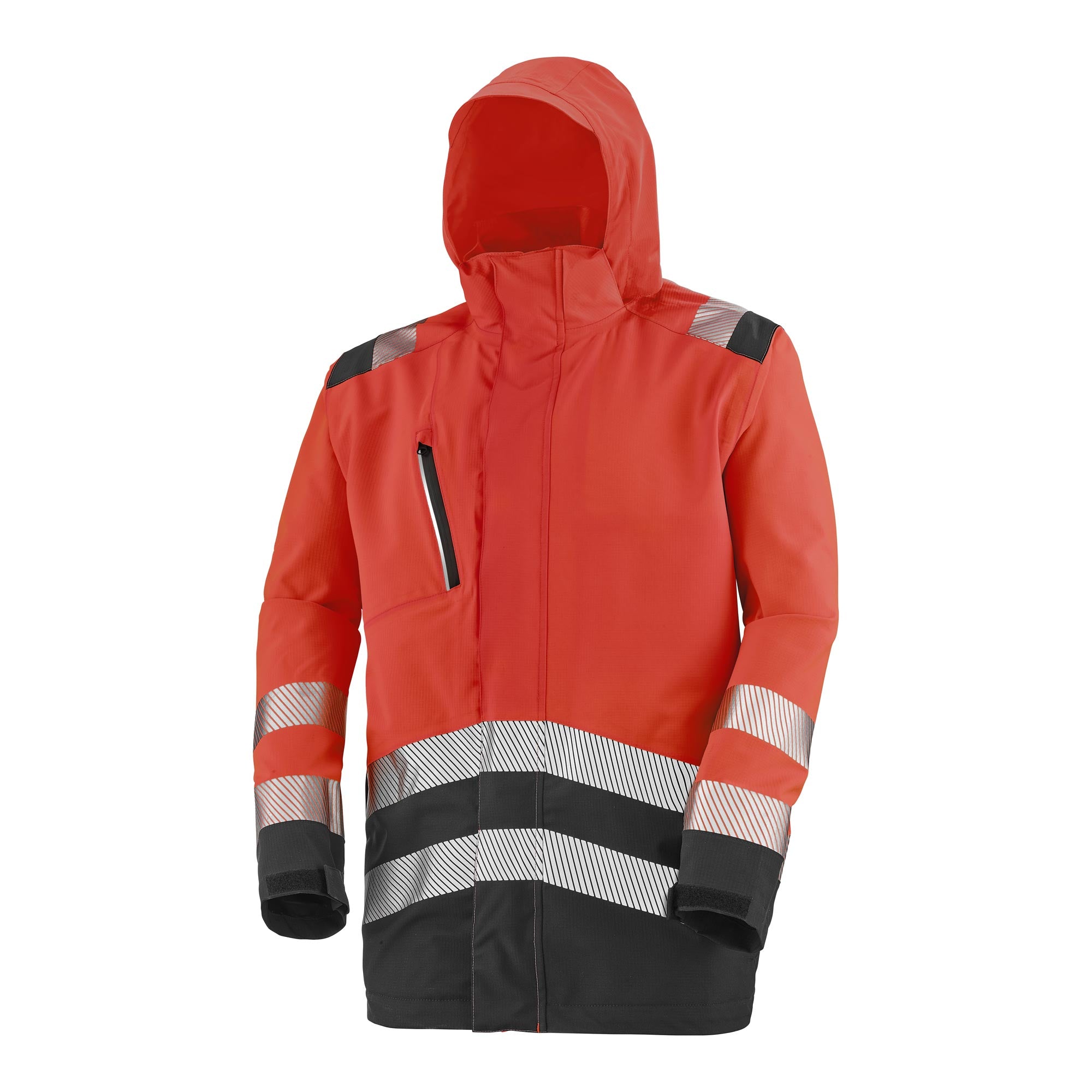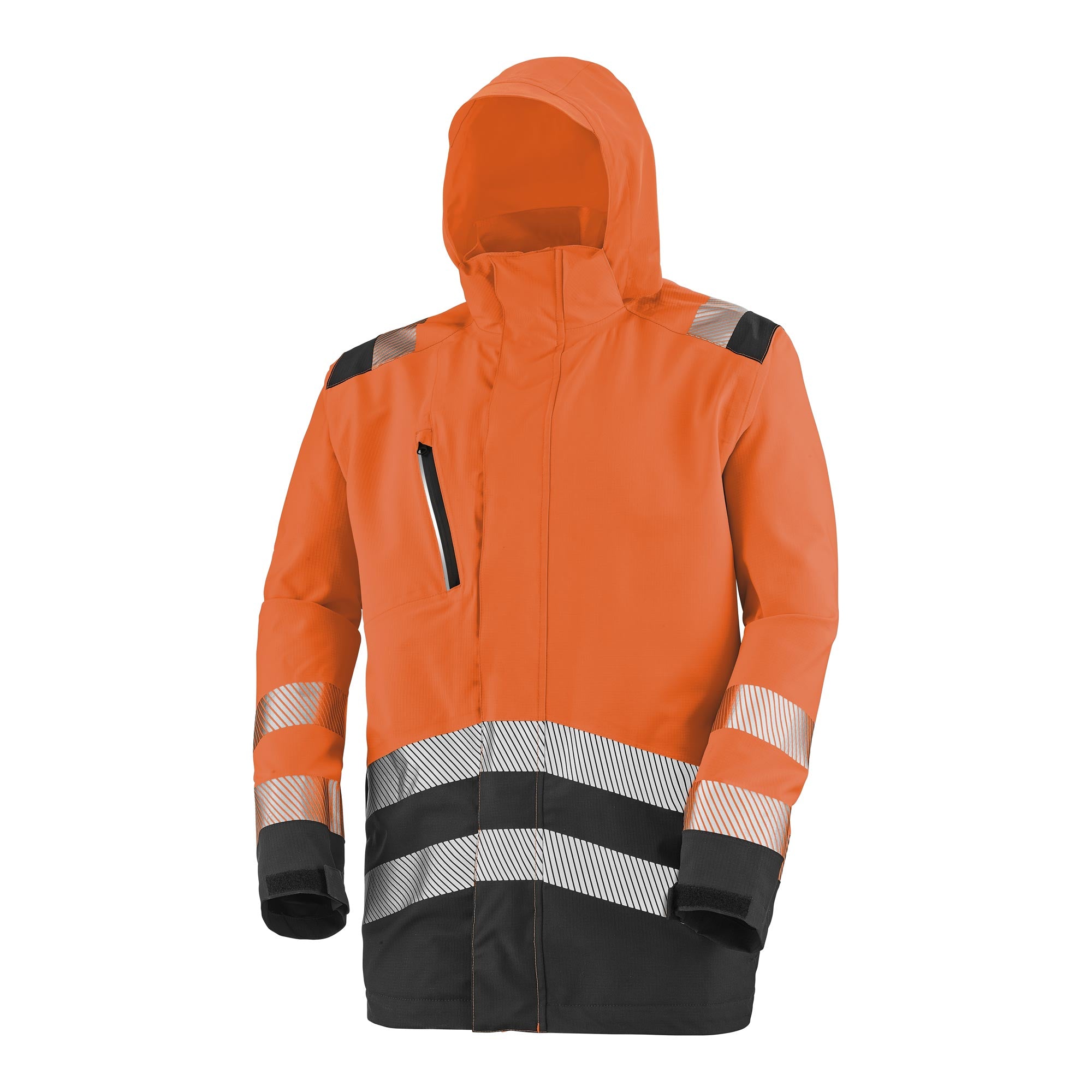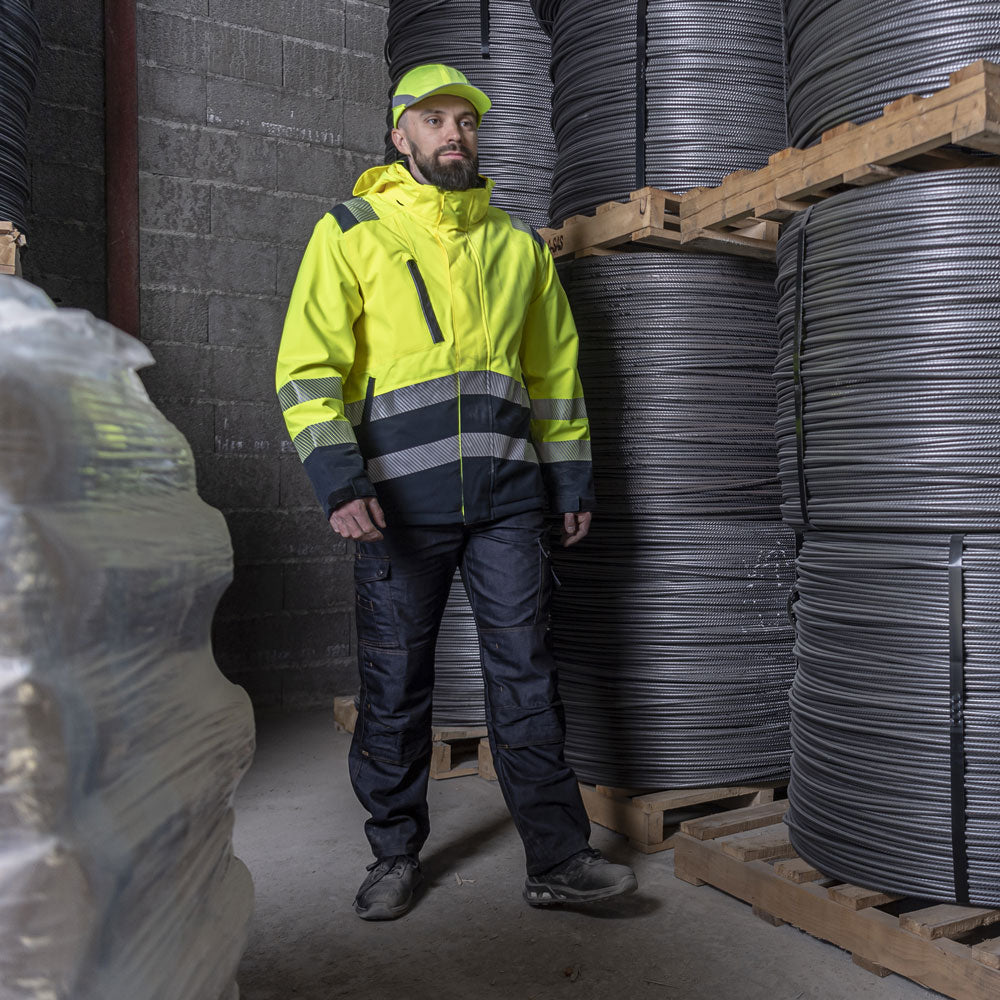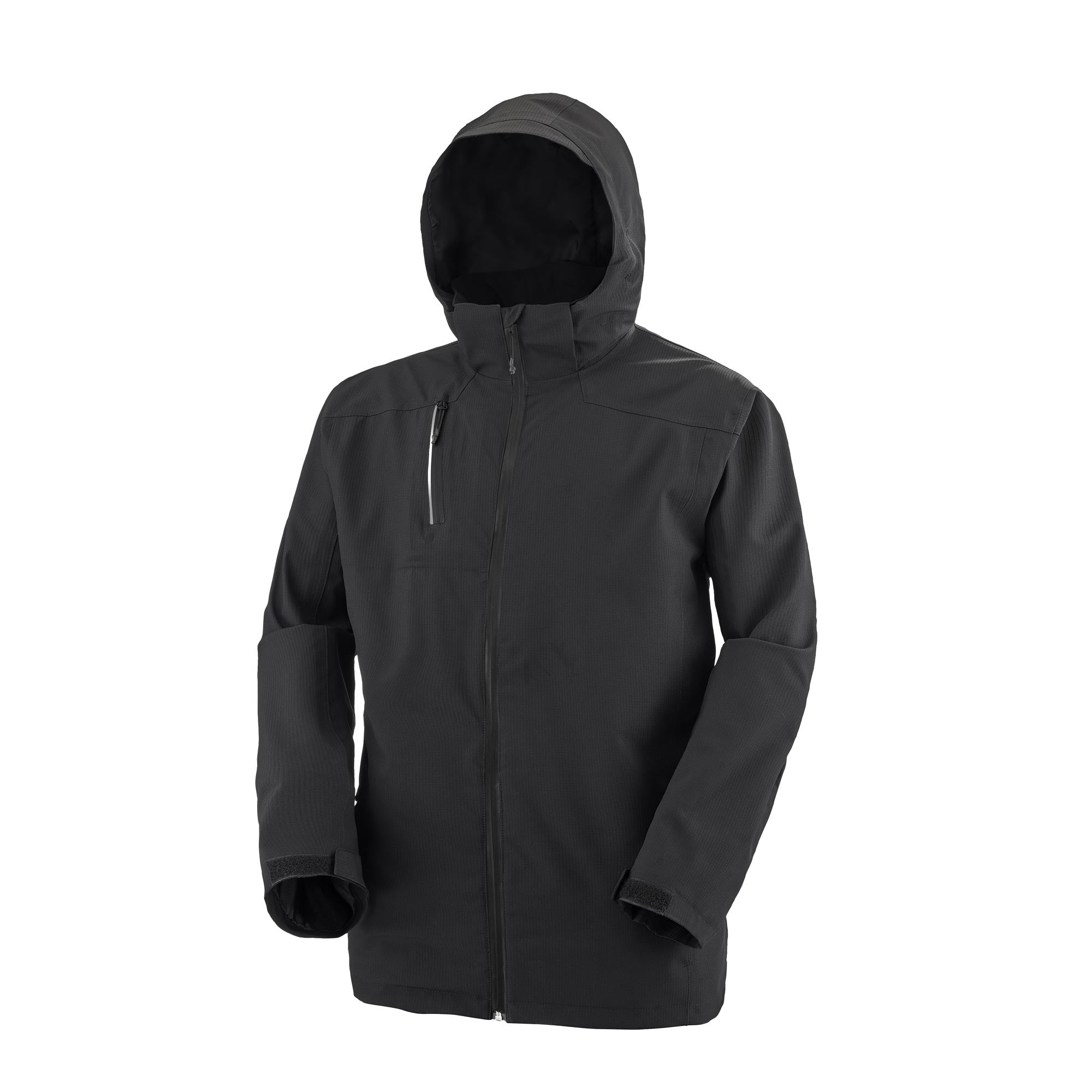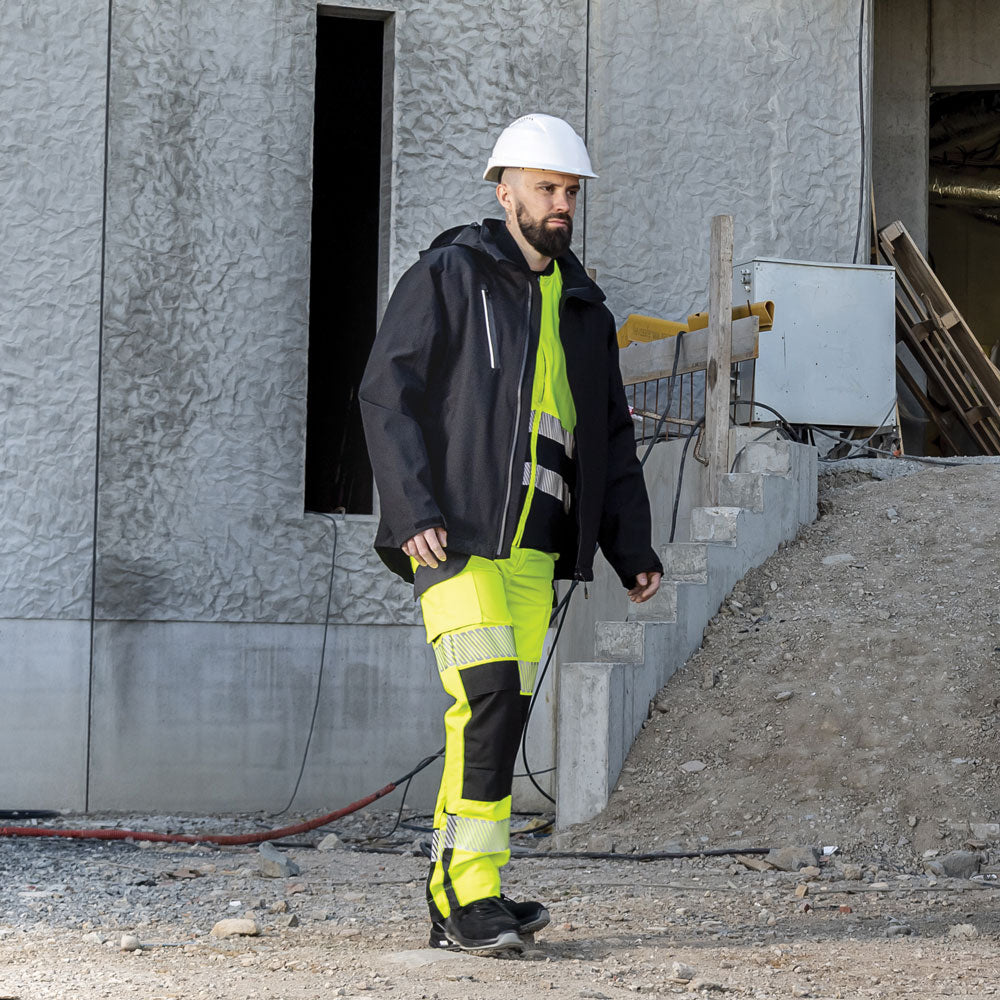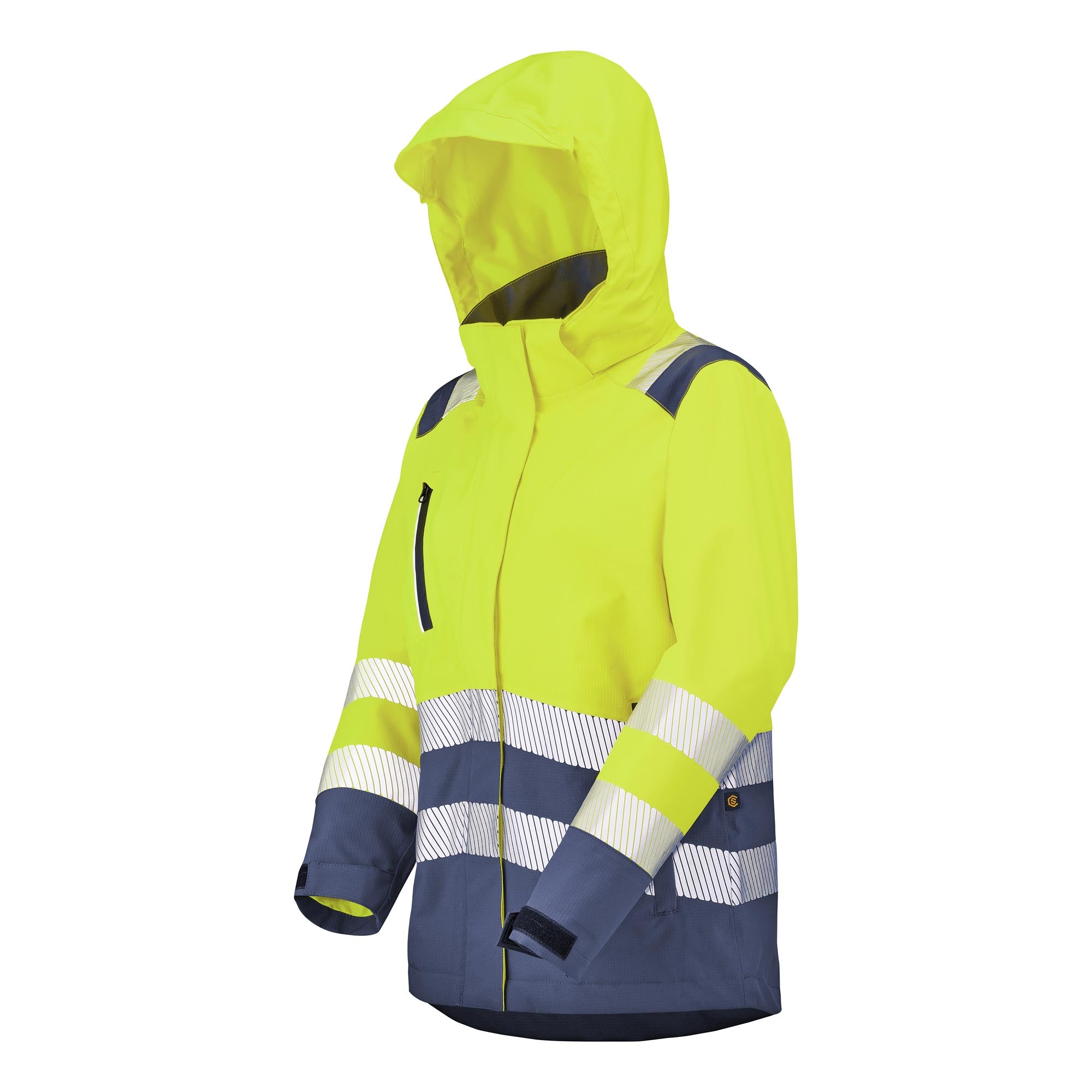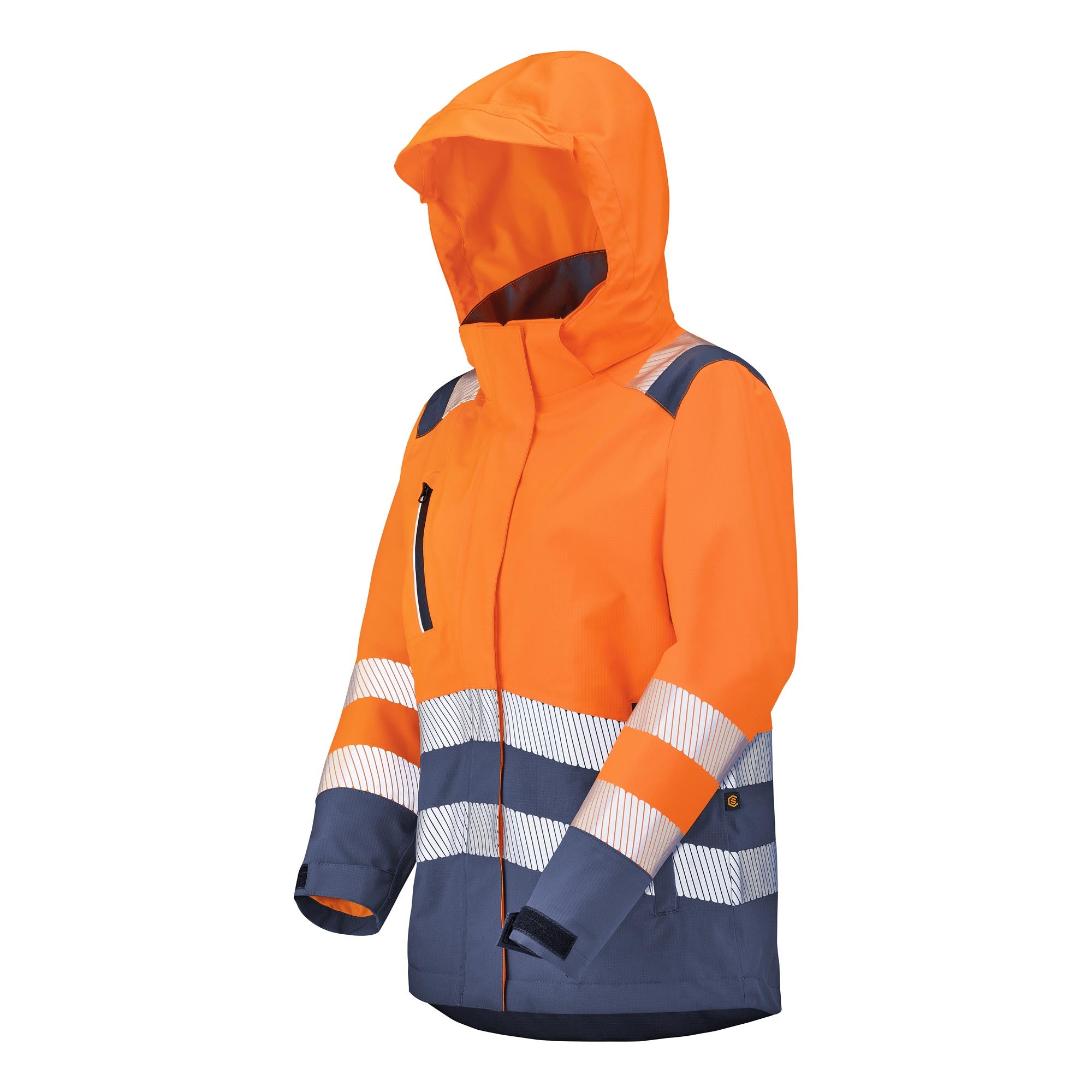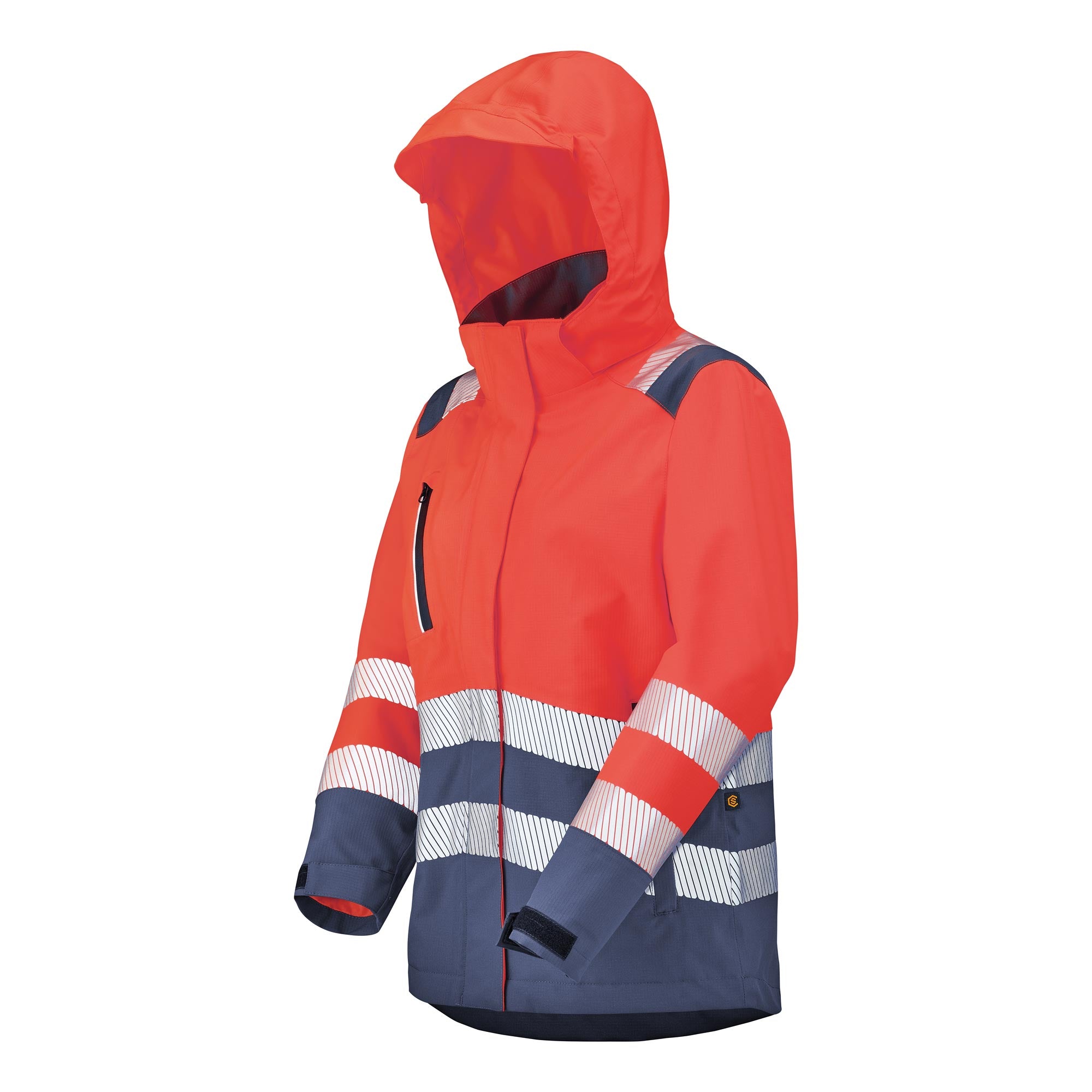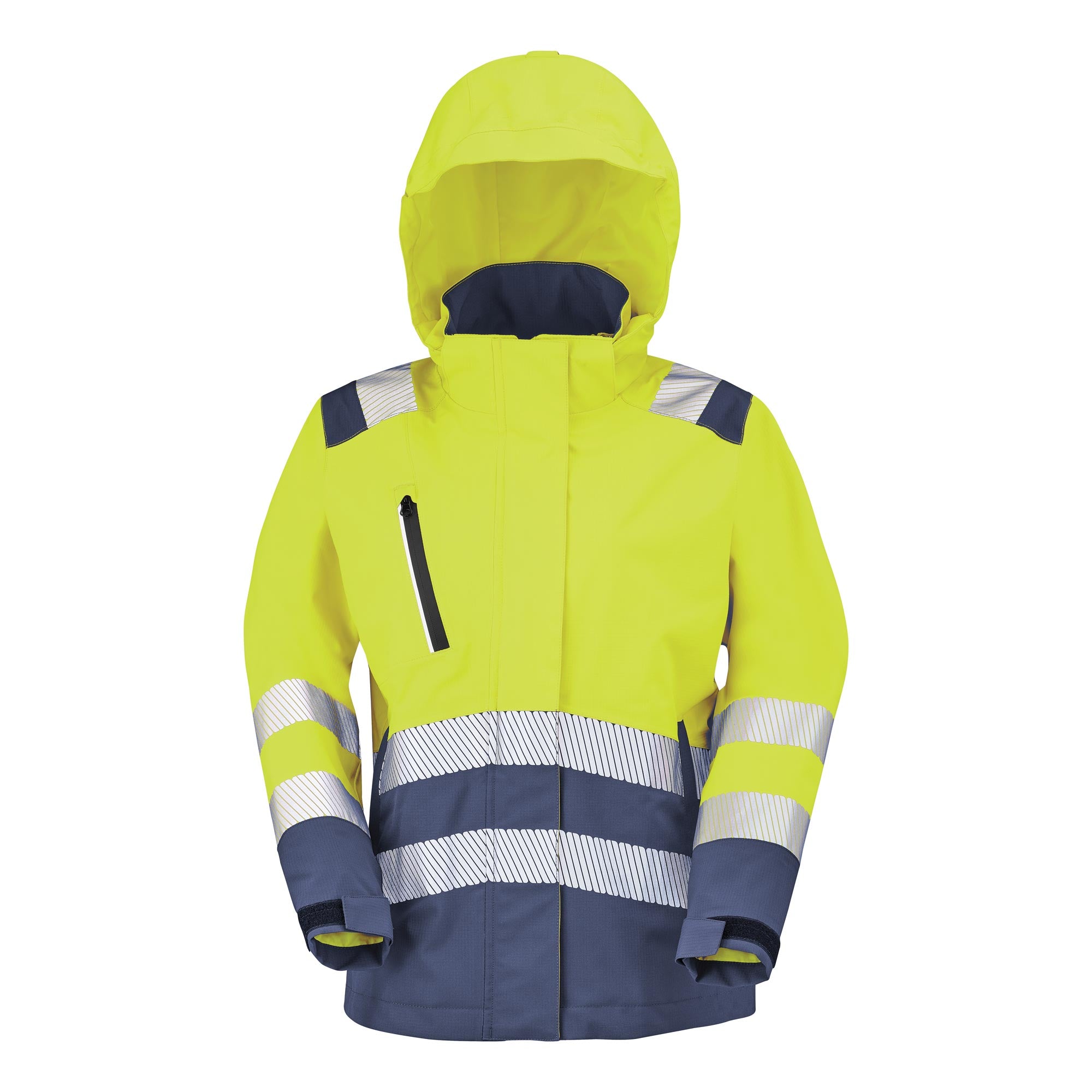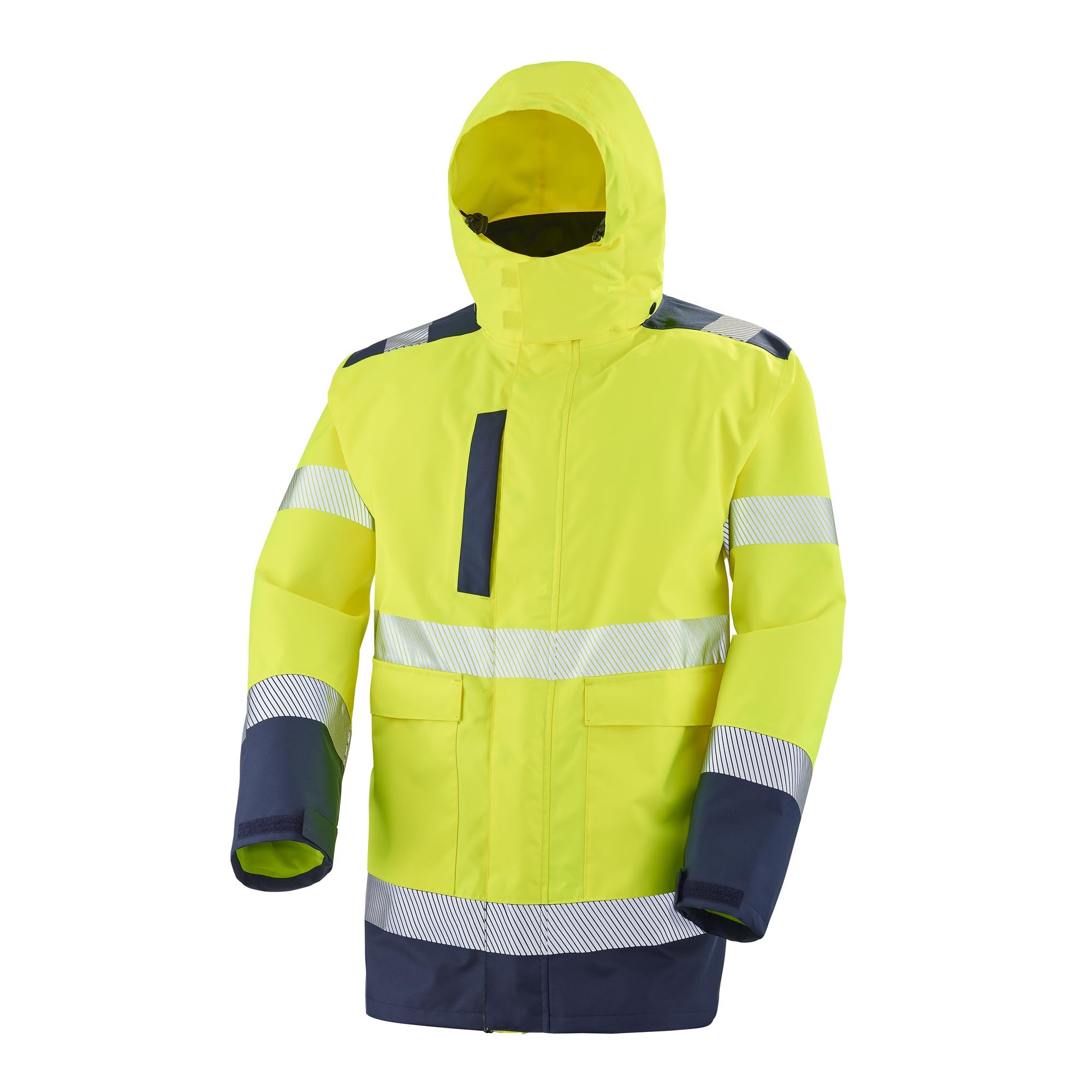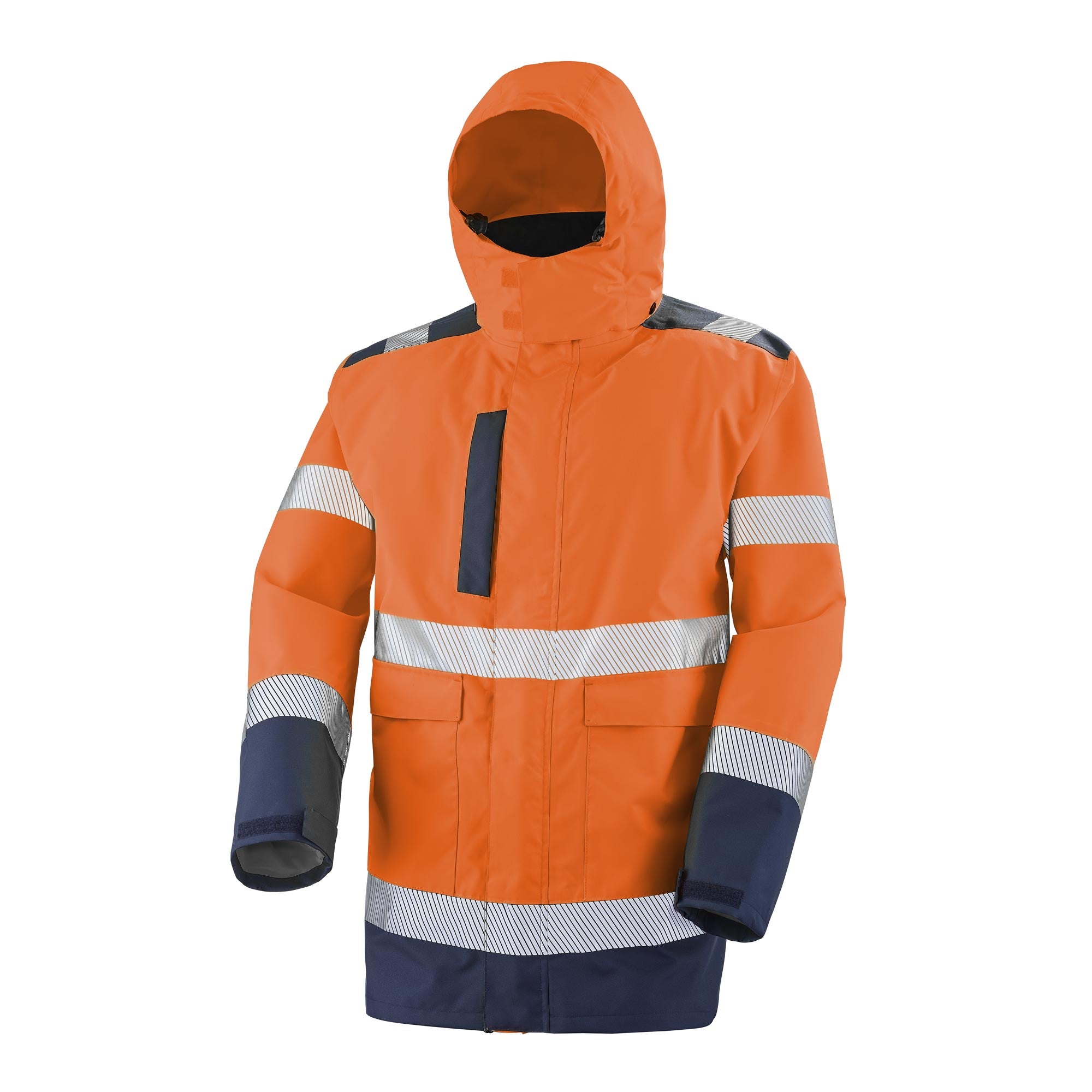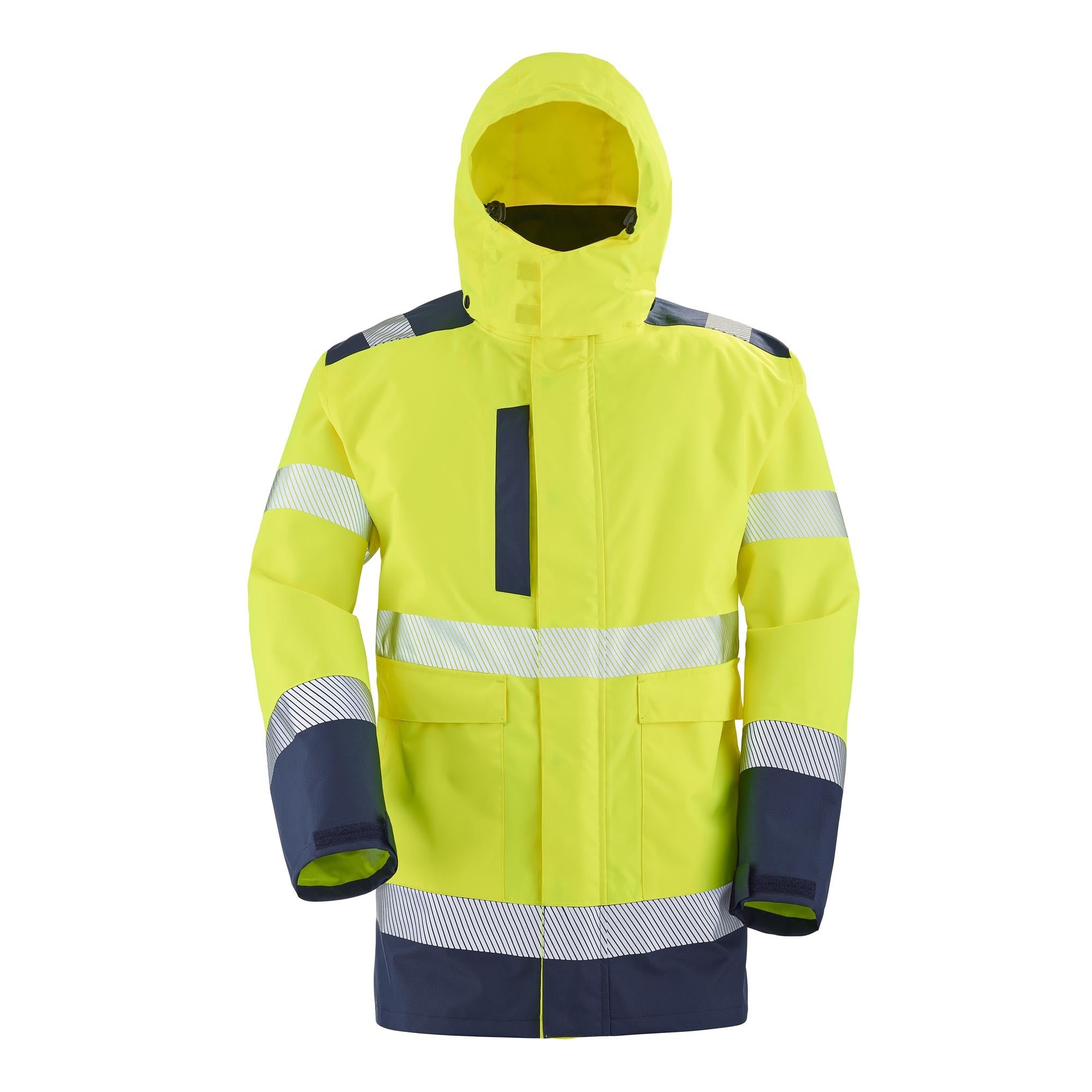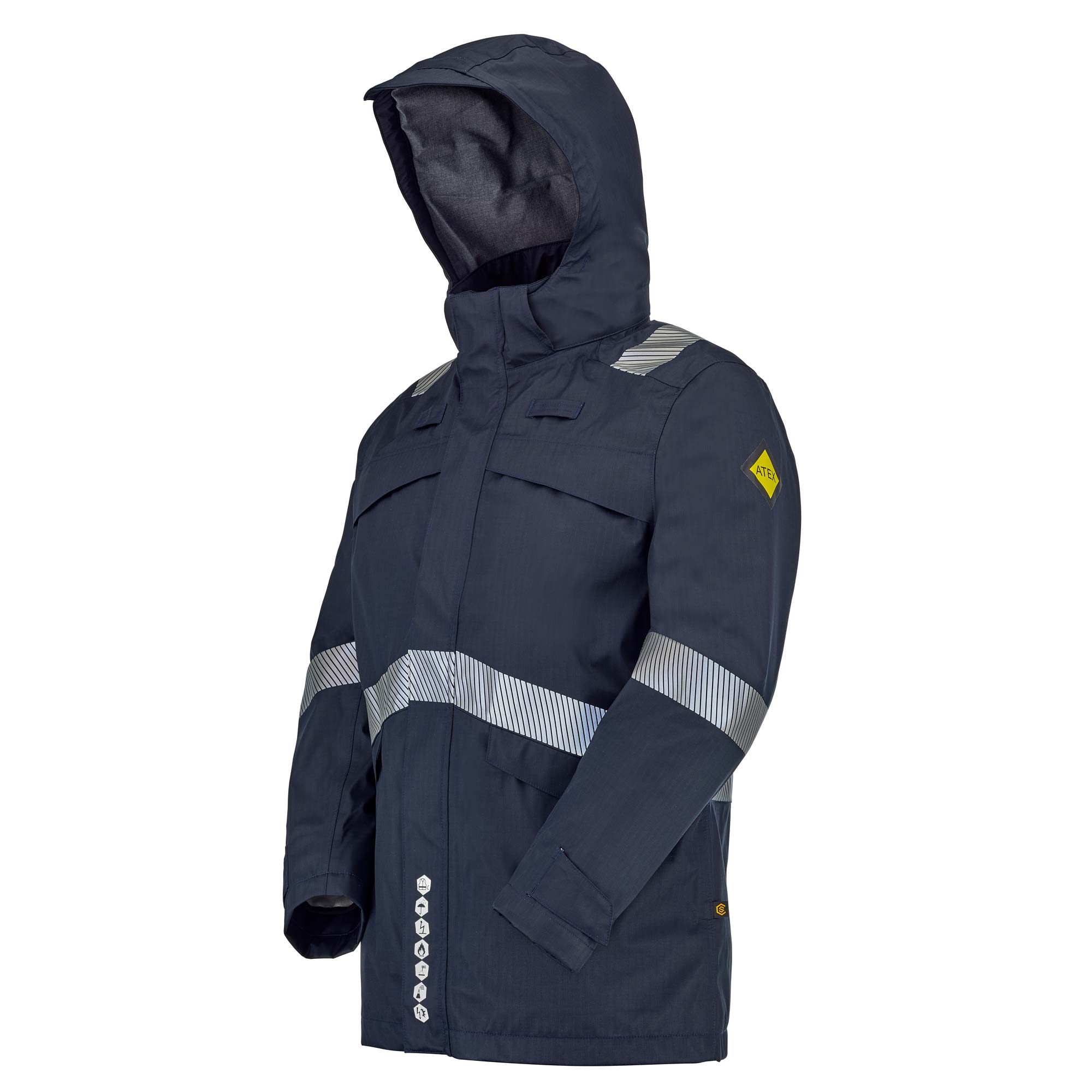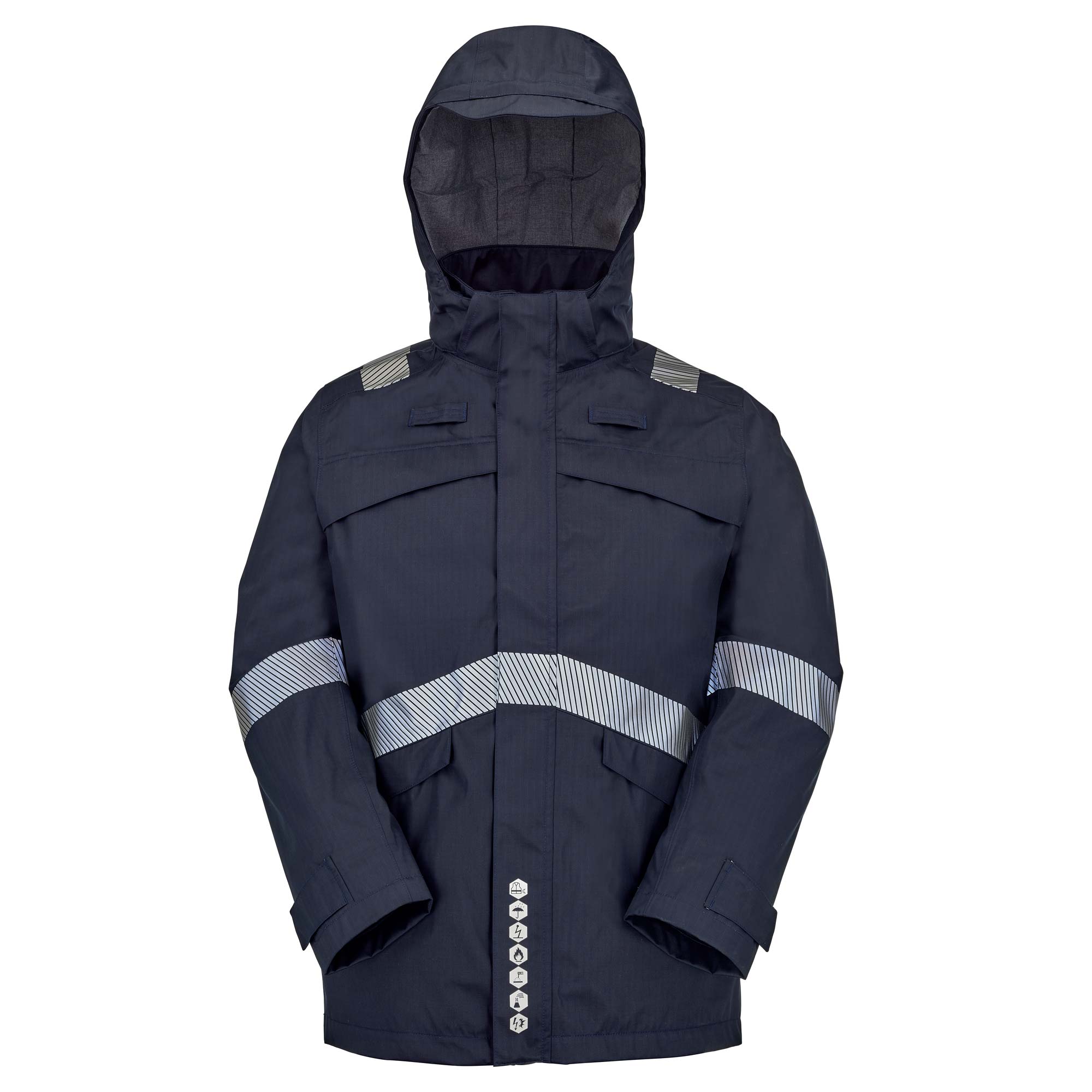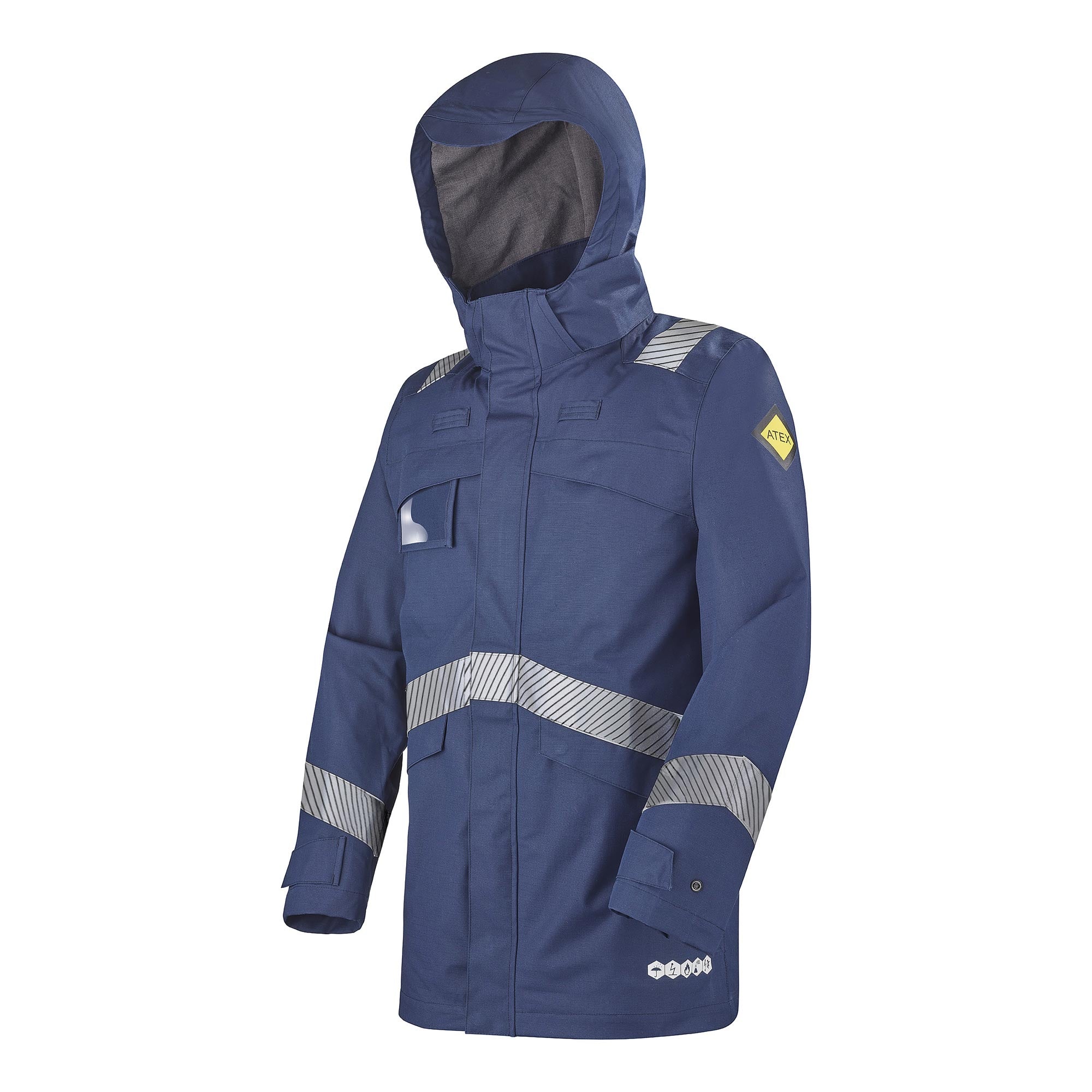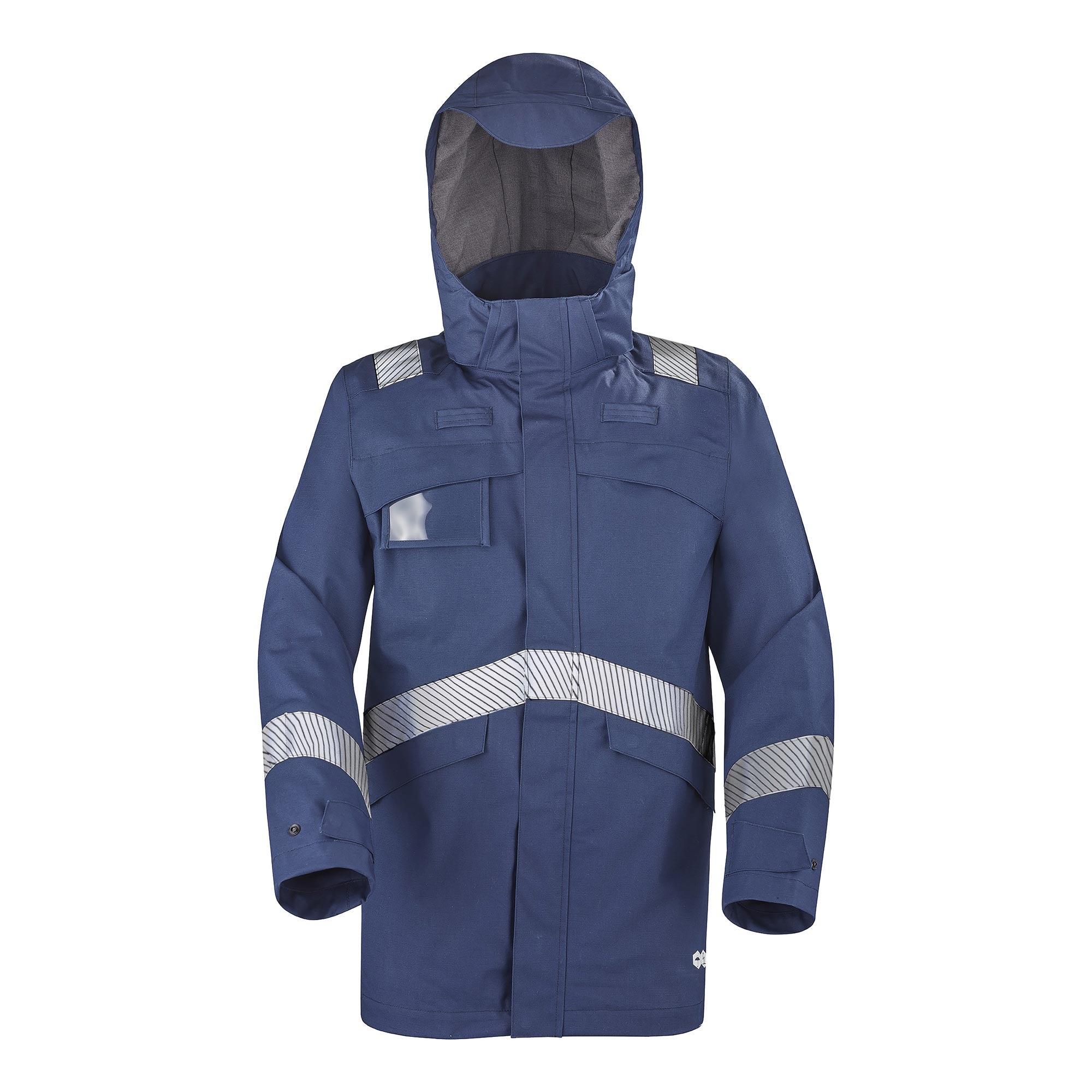EN 343 Standard: Protective clothing against rain and bad weather
EN 343 certified protective clothing is specially designed to protect professionals against bad weather: rain, snow, fog, and ground moisture. The EN 343 standard defines the essential requirements for waterproofness and breathability to ensure optimal safety and comfort when working outdoors in bad weather.
What is the purpose of the EN 343 standard?
The EN 343 standard applies to waterproof professional clothing worn in construction, logistics, agriculture, urban maintenance, and any sector exposed to precipitation. It replaces the previous version EN 343: 2003 + A1 2007, with enhanced requirements regarding the quality of fabrics, seams, and the overall design of the rain PPE garment.
EN 343 Evaluation and Performance Criteria
The performance of EN 343 garments is measured through two main indices, indicated on the label:
-
X: Resistance to water penetration (WP, classes 1 to 4)
The higher the WP class, the better the garment’s waterproofness against rain. -
Y: Water vapor resistance (RET, classes 1 to 4)
Indicates breathability: a low RET means more comfort and less accumulated perspiration during activity. -
R: Optional rain simulator test
An “R” means the garment has been tested in real rain conditions; otherwise, the mention “X” appears.
To ensure compliance with the EN 343 standard, garments must also have sealed seams.
EN 343 Performance Classes
Waterproofness (WP):
- Class 1: WP ≥ 8,000 Pa (before pretreatment)
- Class 2: WP ≥ 8,000 Pa (after cleaning)
- Class 3: WP ≥ 13,000 Pa
- Class 4: WP ≥ 20,000 Pa (after cleaning or use)
Water vapour resistance (RET):
- Class 1: RET > 40 (low breathability)
- Class 2: 25 < RET ≤ 40
- Class 3: 15 < RET ≤ 25
- Class 4: RET ≤ 15 (best breathability)
The higher the class, the more waterproof and breathable the garment is.
Other requirements of the EN 343 standard
- Tensile strength: minimum 450 N to ensure fabric durability.
- Tear resistance: from 20 N for better durability.
- Bursting strength: new minimums (100 kPa on 50 cm², 200 kPa on 7.3 cm²).
- Reinforced seams: minimum lowered to 200 N for even more comfort.
- Dimensional variations: maximum tolerance of 3% for garment stability after several washes.
- Clear marking of EN 343 ratings on each label.
Instructions for use and recommendations EN 343
The choice of breathability class (RET) influences the maximum duration of continuous use of the rain PPE, especially if a parka or coverall is worn for an extended period without thermal insulation lining. The higher the breathability, the longer it can be worn without discomfort.
Summary: why choose EN 343 certified clothing?
- Durable waterproofing and strict control of sealed seams
- Breathable comfort thanks to efficient moisture wicking management
- Resistance and robustness of the fabric tested in real conditions
- Essential for construction, logistics, the agricultural sector or outdoor maintenance
- Compliance with European PPE weather regulations


